Johannes Brahms – his BIOGRAPHY and his PLACES
Johannes Brahms a biography in words and pictures.
The places where Brahms worked and the most important people of his life.
Biographic timetable (Click for more informations)
CHILDHOOD AND YOUTH IN HAMBURG
Johannes Brahms was born on May 7, 1833 in Hamburg’s in the Caffamacherreihe into a musical family ( His birthplace was destroyed during WW II).
Brahms’s father was a professional musician and played the horn, so Brahms’s musical education began early and he first played in public at the age of 13 and subsequently earned some money.
At the age of 20, he set out on a concert tour, where he met Joseph Joachim, who recommended that he approach Robert Schumann. Brahms then returned to Hamburg only briefly, leaving it for Düsseldorf to join the Schumanns.
Brahms 20-years-old:
Haus at the Caffamacherreihe (historic picture):
Johannes Brahms Museum
In Peterstraße 39, not far from the house where he was born, there is a small but fine Johannes Brahms Museum. It exhibits various memorabilia and documents, the showpiece of the exhibition is a table piano made in 1859, on which Johannes Brahms gave lessons.
Look into the museum:
https://brahms-hamburg.de/museum/
At the other end of the street, there are other museums within the Composers’ Quarter.
https://www.komponistenquartier.de/
Dithmarschen near Heide
Brahms spent a lot of time in Dithmarschen, where his father came from. The Brahms family owned a house there and Brahms often stayed there with his grandfather. The village is located 50 km north of Hamburg. A Brahms Society acquired the house in 1988 and turned it into a museum.
Brahms house:
VISIT TO LISZT IN WEIMAR
Brahms visited Franz Liszt in Weimar, where he met the court conductor as well as Peter Cornelius and Joachim Raff. Liszt played Brahms’ Scherzo op. 4. Reményi, who had accompanied Brahms, claimed that Brahms then fell asleep during Liszt’s performance of the Sonata in B minor, which upset Liszt (presumably among other things), and Brahms left Weimar after a short time.
Liszt 1858:
Liszt’s house in Weimar:
WITH THE SCHUMANNS IN DUSSELDORF
Brahms visited Düsseldorf and was warmly received by Robert and Clara Schumann. Schumann was impressed by the 20-year-old and published the famous article in the Neue Zeitschrift für Musik, which culminated in the words, “He bore, even in appearance, all the signs that announce to us: This is a chosen one.”
A few months later, Schumann attempted suicide and was committed to a mental institution. Brahms decided to move near Clara and her family to support them and settled in Düsseldorf. He visited Schumann several times in the asylum and deepened his relationship with Clara.
About how far the relationship went is still puzzled today. Especially after Robert’s death in 1856, the relationship became very close. Their correspondence can no longer be consulted today, since the two later decided to destroy the letters.
Clara Schumann 1853:
INTERLUDE IN DETMOLD
During his time in Detmold, Brahms met Agathe von Siebold, who had a beautiful voice. He even becomes engaged to her, but writes to her: “I love you. I must see you again. But I cannot wear shackles,” and the engagement is broken off.
Agathe von Siebold:
Brahms took a job as choir director and music teacher at the court in Detmold during several winter seasons, where he performed several Bach works. He worked there on the 1st Piano Concerto, which he had begun in 1854, then still planned as a concerto for two pianos. Faced with the impossibility of the undertaking, he decided to write it as a piano concerto.
Constant doubts made him revise the work again and again. It was to take 5 years until the first performance.
Residence palace in Detmold:
THE RETURN TO HAMBURG LEADS TO DISAPPOINTMENT
In 1859 he returned to Hamburg. He hoped for a position in his hometown as director of the Philharmonic Concerts or as chorus master of the Singakademie, but was passed over for both positions due to lack of experience. This upset Brahms deeply, and after a first visit to Vienna, he decided to turn his back on Hamburg in 1863.
Brahms had a strained relationship with his hometown throughout his life, which even the appointment of honorary citizenship in 1889 and later the offer of the position as director of the Konzerthaus could not change.
THE RETURN TO HAMBURG LEADS TO DISAPPOINTMENT
In 1859 he returned to Hamburg. He hoped for a position in his hometown as director of the Philharmonic Concerts or as chorus master of the Singakademie, but was passed over for both positions due to lack of experience. This upset Brahms deeply, and after a first visit to Vienna, he decided to turn his back on Hamburg in 1863.
Brahms had a strained relationship with his hometown throughout his life, which even the appointment of honorary citizenship in 1889 and later the offer of the position as director of the Konzerthaus could not change.
In 1859, his first major work, the First Piano Concerto, was finally presented to the public. But it was not well received in either Hanover or Leipzig.
BEGINNING OF THE VIENNESE YEARS
The 29-year-old Brahms visited Vienna for the first time in 1862, and when he presented his G minor piano quartet at an evening event there, the director of the conservatory and musician Joseph Hellmesberger is said to have already proclaimed Brahms the heir to Beethoven. Although Brahms struggled with these comparisons throughout his life, he felt valued in Vienna, which could not be said of his native Hamburg, where his music met with skepticism and he was passed over for appointments. So he decided to accept an offer as choir master and moved to Vienna.
But Brahms did not stay in office for long and became a freelance artist in the 1870s.
Brahms’ center of life remained Vienna until his death. However, Brahms was often on the road, every year 3-4 months took him to the summer resort and in the winter months he was often on the road as a performer and conductor of his own works.
Johannes Brahms 33-years-old:
Vieena, historic foto of the Mariahilferstrasse:
Brahms memorial at Haydn Gasse
Brahms lived in various apartments after moving to Vienna, and from 1872 until his death in 1897 he lived at Karlgasse 4. The house was demolished, and a memorial plaque commemorates the location of his death residence.
Karlsgasse 4 (historic picture):
Furnishings from his apartment can be seen in the Hayndmuseum at Haydn Gasse 19.
A look inside the Brahms memorial in the Haydn Museum:
https://www.wienmuseum.at/de/standorte/haydnhaus
Hadikgasse 72 – Brahms meets Wagner
During this time, Wagner lived for several months on Hadikstrasse in very luxurious conditions, which, as usual, he could not afford. As always, he furnished his apartment with sinfully expensive furnishings. He also received the young Brahms there and worked on the “Meistersinger von Nürnberg”. Today, a plaque commemorates this time with the text: “Misery made him grow wings. In this house Richard Wagner worked in 1863-1864 on his sunniest work during the bleakest period of his life: ‘Die Meistersinger’ donated by loyal friends in 1902.
SUMMER MONTHS IN BADEN-BADEN
Brahms was a regular guest in Baden-Baden from 1863 to 1875. His attraction was Clara Schumann, widow and the (former?) crush of Brahms, who was 14 years younger. Much has been written and puzzled about this lifelong relationship. When Clara purchased a house in Baden-Baden in 1862 where she could spend the summer months with her children, Brahms set out to find a place to stay. For the first two years he lived in the Hotel Bären, then he found it in the form of an attic apartment with the widow Becker (see “Brahmshaus” below).
Baden-Baden:
During these years, Baden-Baden became a summer meeting place for nobility, finance and art, it was even called the “summer capital of Europe”. Brahms learned to love Johann Strauss’ music there, often hearing it played by the spa orchestra and conducted by Strauss. He spent seven summers in Lichtental (now a district of Baden-Baden), the most difficult of which was the summer of 1870. Brahms doted on Clara’s daughter Julie and, floating on cloud nine, wrote the so-called Liebeslieder waltzes. He was shocked to learn that she had become engaged. He processed his pain with the somber “Alto Rhapsody,” based on Goethe’s text, which begins with the words “Aber abseits, wer ist’s?” ( But off, who is it), and thematizes the life of a loner. Brahms subsequently became best man at the wedding, since Julie did not know about his feelings. When he had to give his name and profession in the ceremony, in his grief he seems to have spoken so indistinctly that his details were recorded as “Composer Schrams”.
Julie Schumann:
Brahms house Lichtental
Brahms’ abode with the widow Becker, the Brahms House, stands on a hill, the view of which Brahms had raved about. Brahms always preferred rather simple and comfortable dwellings for his summer retreats, located away in the countryside. The house in Lichtental is still unchanged today. It was bought by the Brahms Society in 1966, renovated and furnished as a memorial and is a popular destination for tourists from Baden-Baden. He spent seven summers here between 1865 and 1874. Many details have been lovingly restored, such as the blue curtains, which were reproduced from a pattern that an admirer had kept, reviving the “blue salon”.
Brahms house, Maximilianstraße 85:
https://brahms-baden-baden.de/museum/
PREMIERE OF THE GERMAN REQUIEM
In 1868, the “official” premiere of the German Requiem took place under the direction of Johannes Brahms. The place of performance was the Bremen Cathedral. Brahms had already begun composing and compiling the texts in the 1850s, but the work then lay dormant for several years. Only the death of his mother in 1865 gave the impetus for further work.
When the first performance took place in the Bremen Cathedral in 1868, Clara Schumann and his father were in the audience. The triumphant reception of the work in this magnificent ecclesiastical building was a great satisfaction for the Hamburg composer and Viennese by choice, who until then had not received recognition in northern Germany, and was one of the greatest moments of his life.
Cathedral of Bremen:
PREMIERE OF THE FIRST SYMPHONY
The world had to wait a long time for the first symphony. The pressure of expectation weighed heavily on the composer and he had a hard time, the genesis of the first symphony is then also richly confused. Brahms’ first attempts date back to the early sixties (presumably the first movement originated in this period). In 1868 Brahms wrote the famous birthday greeting for Clara with the alphorn theme from the 4th movement:
He had heard this motif played by an alphorn during his stay in Thun and had noted it down with presence of mind. It is unclear when he began work on his First, but in any case he worked on the symphony in 1876 in Sassnitz, Rügen, and finished it in Baden-Baden, by then 43 years old.
He deliberately moved the premiere to provincial Karlsruhe, since he was still wary of a premiere in Vienna. The work received a divided reception, some complaining about the somberness of the work, even Clara Schumann was irritated when Brahms played the symphony to her on the piano. Others (like the famous Viennese critic Hanslick) seeing Brahms as a legitimate successor to Beethoven. Hans von Bülow even spoke of “Beethoven’s Tenth,” not least because the themes were reminiscent of Beethoven; even Brahms said that any fool could recognize the proximity of the main theme of the fourth movement to the theme of the last movement of Beethoven’s Ninth.
Eduard Hanslick:
State Theater Karlsruhe
Brahms made contact in Baden-Baden with Hermann Levi, whose Karlsruhe Court Theater orchestra often played in nearby Baden-Baden. It was in the Karlsruhe Court Theater that Brahms’ first symphony was premiered in 1876, which Brahms had previously completed in Lichtental.
The former court theater was destroyed during the Second World War, the ruins were demolished in 1963 and replaced by a modern new building. The State Theater is a renowned multi-branch theater, and in honor of Hermann Levi, the square in front of the theater was named after him.
State Theater Baden:
SUNNY WORKS FROM THE SUMMER RESORT IN PÖRTSCHACH
Listening to the beginning of the Adagio of Brahms 2nd Piano Concerto, one knows how Brahms must have felt in Pörtschach. The theme is so beautiful and romantic that the famous violist Pablo de Sarate refused to play the violin concerto because the melody is performed by the oboe. When Brahms got off the train in Pörtschach for the first time in 1877, he wrote: “The first day was so beautiful that I definitely wanted to stay the second, the second so beautiful that I will stay on for now!”.
The summer months in Pörtschach were very productive and many works were written, besides the mentioned violin concerto, the sunny 2nd symphony was the most important work from these stays.
Wörthersee:
Destination Hotel Leonstain
Brahms first lived in the janitor’s apartment in Leonstain Castle (which is now a castle hotel), and from the next summer he lived in a boarding house, taking his lunch in the Weissen Rössl. The latter two buildings no longer stand. As always, Brahms rose early, took his walk, swam in the lake early in the morning (Brahms was a skinny-dipper), and after breakfast sat at his desk as early as 7 a.m., using the morning to compose.
Castle / Hotel Leonstain:
Musical Background: Adagio of Brahms’ 2. Violin concert
Brahms consulted his friend and violin virtuoso Joseph Joachim several times during the composition of the violin concerto, and Joachim also played the work at its premiere in Leipzig. The violin part was often branded as unplayable and written against the violin, so that Brahms refrained from having a second violin concerto follow.
Adagio Violinkonzert – Giulini / Perlmann
ACCLAIMED PREMIERE OF THE SECOND SYMPHONY IN VIENNA
The Musikverein Hall was opened in 1870 and its acoustics have been praised. A cavity under the wooden floor creates a resonance chamber and the suspended coffered wooden ceiling creates perfect vibrations. Brahms’ second and third symphonies were premiered in this venue, both times conducted by Hans Richter.
Brahms dared to premiere his second in Vienna in 1877 and it was immediately acclaimed. The contrast to the rather somber first symphony was great and the second became his most popular symphony.
Brahms often conducted in the Musikverein hall in the seventies and was responsible for the programs for several years, where he promoted traditionalists and swept the “new Germans” under the carpet.
Building of the Musikverein:
Concert hall of the Musikverein
Brahms, who had also assumed functions of the Musikverein for three years, decreed in his will that his meticulously administered estate should be given to the Musikverein (the Society of Friends of Music). This estate is now located in the Musikverein building and is the only documentation of a musician collected centrally in one place.
Concert hall of the Musikverein:
The Musikvereinssaal is still the performance venue of the Vienna Philharmonic Orchestra.
ARTISTIC PARTNERSHIP IN MEININGEN
The Meiningen orchestra was one of the best in Europe at the end of the 19th century. The arts-minded sovereign George II, known as the “Theater Duke,” promoted the arts and Hans von Bülow led it to its greatest flowering from 1880. The two passionately championed Brahms’ work and the composer conducted the orchestra several times in Meiningen and on tours. In all, Brahms spent about 100 days in Meiningen.
The Duke made the orchestra available for so-called workshops and thus Brahms’ 2nd Piano Concerto had its non-public premiere here. As the culmination of the Meiningen connection to Brahms, the court theater was the premiere site of his 4th Symphony, conducted by the composer himself. This symphony, composed in Mürzzuschlag, has a prominent significance in music history; it was Brahms’ last symphony and perhaps the last of the Classical symphonies of the type founded more than 100 years earlier by Haydn.
Interestingly, Brahms’ potential successor was present in Meiningen, for it was during these years that Brahms met Richard Strauss in Meiningen, who would become Kapellmeister in Meiningen in 1885 as von Bulow’s successor. Brahms is also said to have conceded to Strauss a ” Quite pretty, young man” to his F minor symphony (which, from Brahms’ mouth, was a compliment). Strauss until then a Brahmsian became in that year under the influence of the concertmaster Ritter Wagnerian and switched from the symphony to the form of the symphonic poem.
Brahms later wrote four works for clarinet for the brilliant clarinetist of the Meiningen Orchestra, Richard Mühlfeld.
Meiningen:
Meiningen State Theater
The Meininger Hofkapelle resumed its original name in 2006, the original theater had burned down in 1908 and was replaced by a new building, which restored the original facade through renovation in 2011. The premiere of Brahm’s 4th symphony took place here.
Today, the high-level theater offers both concerts and musical theater.
Meiningen State Theater:
https://www.meininger-staatstheater.de/start/index.html
Brahms Monument
The bronze bust in the English Garden dates from 1898 and was the first monument of the composer created after his death.
Brahms monument:
Elisabethenburg Castle
The duke and duchess became friends with Brahms and so the artist often visited the couple and also stayed overnight in the castle. This baroque castle is now a museum and has a rich art collection and also offers exhibits of theater and music history.
Elisabethenburg Castle:
https://www.meiningermuseen.de/
SOMMER RESORT IN MÜRZZUSCHLAG
Mürzzuschlag gehört zu dem exklusiven Kreis von Sommerfrischen, die Brahms in seinem Leben bewohnt hat, um sich der Komposition zu widmen. Er nutzte die beiden Sommer 1884 und 1885 um hier seine vierte Sinfonie und mehr als 2 Dutzend Lieder zu komponieren.
Mürzzuschlag:
Brahms house
The Brahms Society turned the former Brahms residence into a Brahms museum in 1991. There, Brahms’ life is shown with the help of documents and personal objects, and with the many sound recordings the visitor can immerse himself in Brahms’ work. The jewel of the exhibition is in the music salon, where the original Streicher grand piano is located, on which Brahms recorded his only record on wax cylinder in 1889.
A look inside the museum:
Brahms walk
Brahms first thought up many of his compositions on his long walks, the paths of which are well known. The municipality has made a course with 21 stations, information boards and a composing game on one of Brahms’ much frequented walks, which is perfectly suitable for families with children.
On the walkway:
http://www.brahmsmuseum.at/new/index.php/museum/brahmsweg
Brahms festival
Every two years an international Brahms festival is organized. During 5 days in the first half of September, chamber music works by Brahms and other composers as well as lectures can be heard in the Kunsthaus Mürz and the Brahms Museum Mürzzuschlag.
http://www.brahmsmuseum.at/new/index.php/konzerte/brahmsfest
SUMMER RESORTS IN BAD ISCHL
Brahms’ summer months were his most productive composing times throughout his life, and he used to spend them in summer resorts. Bad Ischl was the place where he spent most summers with 10 visits, from 1889-1896 even every summer. Most of the time he lived on the Salzburgerstrasse (see below “Brahmsvilla”), which was a little bit outside, so that he could take his walks into the nature right at sunrise, during which he pursued his musical thoughts, which he then used to write down in the “Komponier Häusl” in the morning.
Here he wrote a lot of chamber music; he had said goodbye to the great forms in 1887 with the double concerto. He used to spend the afternoons and evenings in a sociable manner, often receiving visits from Viennese friends or dropping in on other spa guests, as the example of a meeting with his friend Johann Strauss.
The last visit in 1896 was painful, because on the one hand Brahms learned of Clara Schumann’s passing and his jaundice manifested itself clearly, the harbinger of the liver cancer that would cost him his life a year later.
Bad Ischl:
Brahmsvilla
Brahms’ “Komponier Häusl” was located somewhat outside of Ischl. Although he enjoyed the sociability of Bad Ischl, he also needed his peace and quiet for composing. He didn’t always have that, because the landlords had many children. In order to isolate himself a bit, he booked four rooms, but the most important trump card was the back exit. As soon as someone who was not to his liking wanted to visit him, he could get out unnoticed. Here, in this rather simple dwelling, he spent most of his summer holidays in Ischl. The house was then on Salzburgerstrasse, which today is called Vorsteherweg (3). The house still stands today in a renovated form. A memorial plaque commemorates the famous resident.
Brahmsvilla (historic picture):
BRAHMS MEETS BRUCKER – CULTURE WAR BETWEEN THE NEW GERMANS AND THE TRADITIONALISTS
In the second half of the 19th century, the most important artistic dispute in the music world was between the New Germans and the traditionalists. While the New Germans around Liszt and Wagner advocated the Romantic forms of music drama and symphonic poem, the Traditionalists around Brahms and Hanslick wanted to further develop the old forms such as symphonies and concertos. Ironically, both groups referred to Beethoven.
At the same time as Brahms, there lived in Vienna a New German who did not want to be one at all. Bruckner was an ardent Wagner admirer, but wanted to have his peace and not be drawn into the culture war. Brahms had made negative comments about Bruckner several times, while Bruckner politely held back.
One day Bruckner and Brahms even sat together in their favorite pub Roter Igel (the red hedgehog), but no rapprochement took place.Only when ordering food did they notice that they had the same favorite dish, “Geselchtes mit Knödel” (smoked ham with dumplings).
Group photo of Brahms (bottom right) and Hanslick (seated next to Brahms):
Roter Igel (The red hedgehog, does not exist any more):
Geselchtes mit Knödel (Smoked ham with dumplings):
Anton Bruckner (1896):
DEATH IN VIENNA
Brahms made his last public appearance in the Musikverein hall on March 7, 1897. It was a month before his death and Brahms was already stricken with jaundice and weakened when Hans Richter conducted his Symphony No. 4; there was an ovation after each of the four movements.
Brahms died on April 3, 1897 in his apartment on Karlsgasse. According to the diagnosis at the time, it was liver cancer; today it is suspected that it was pancreatic cancer.
Brahms on his deathbed:
Central Cemetery
He was buried in a grave of honor in Vienna’s Central Cemetery.
https://www.wienmuseum.at/de/standorte/haydnhaus
Brahms’ grave:
Brahms monument in the Resselpark
In Ressel Park there is a monument to Brahms erected in 1908. At his feet lies an inconsolable muse of musical art with a lyre. The figures are made of marble and the steps of granite.
Brahms monument:

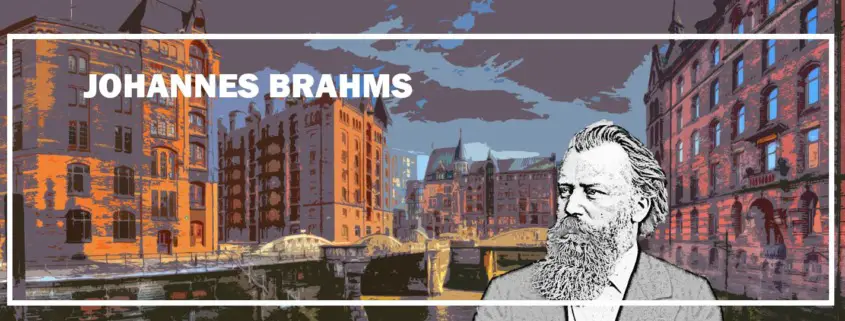
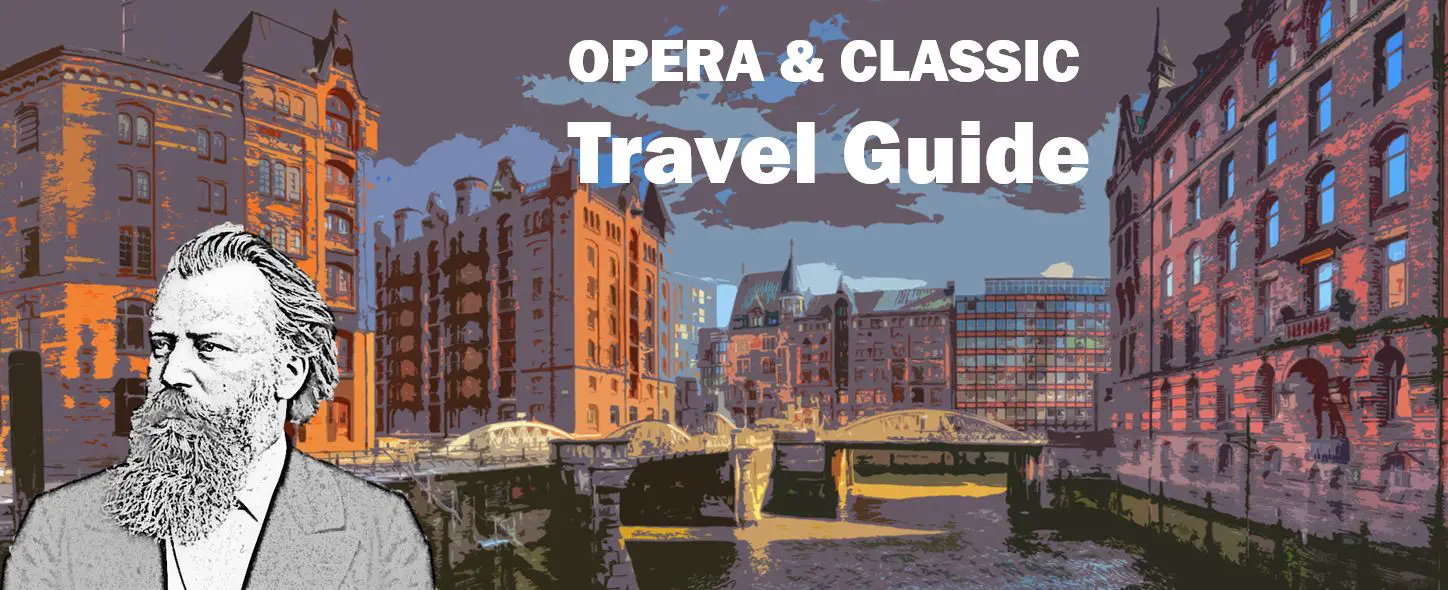
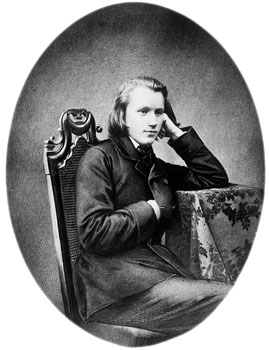
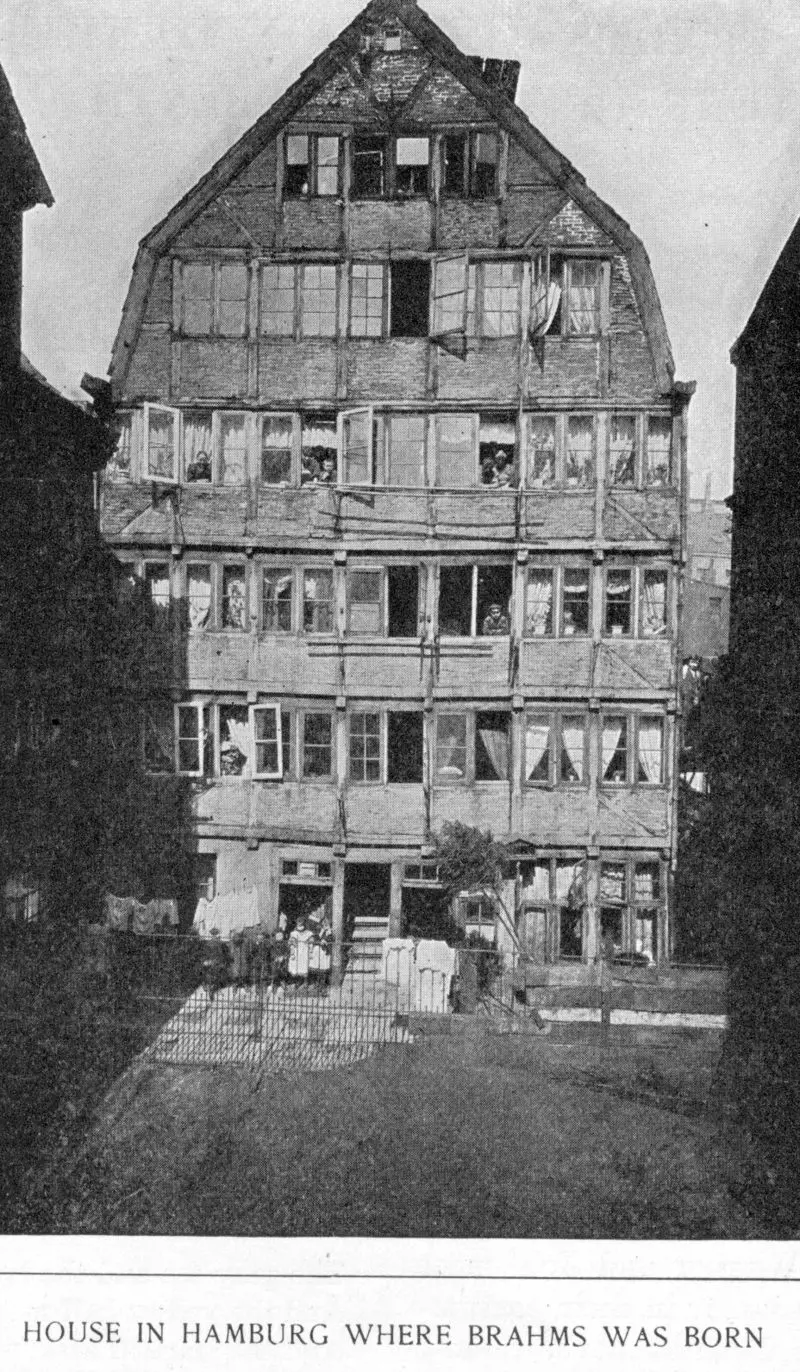
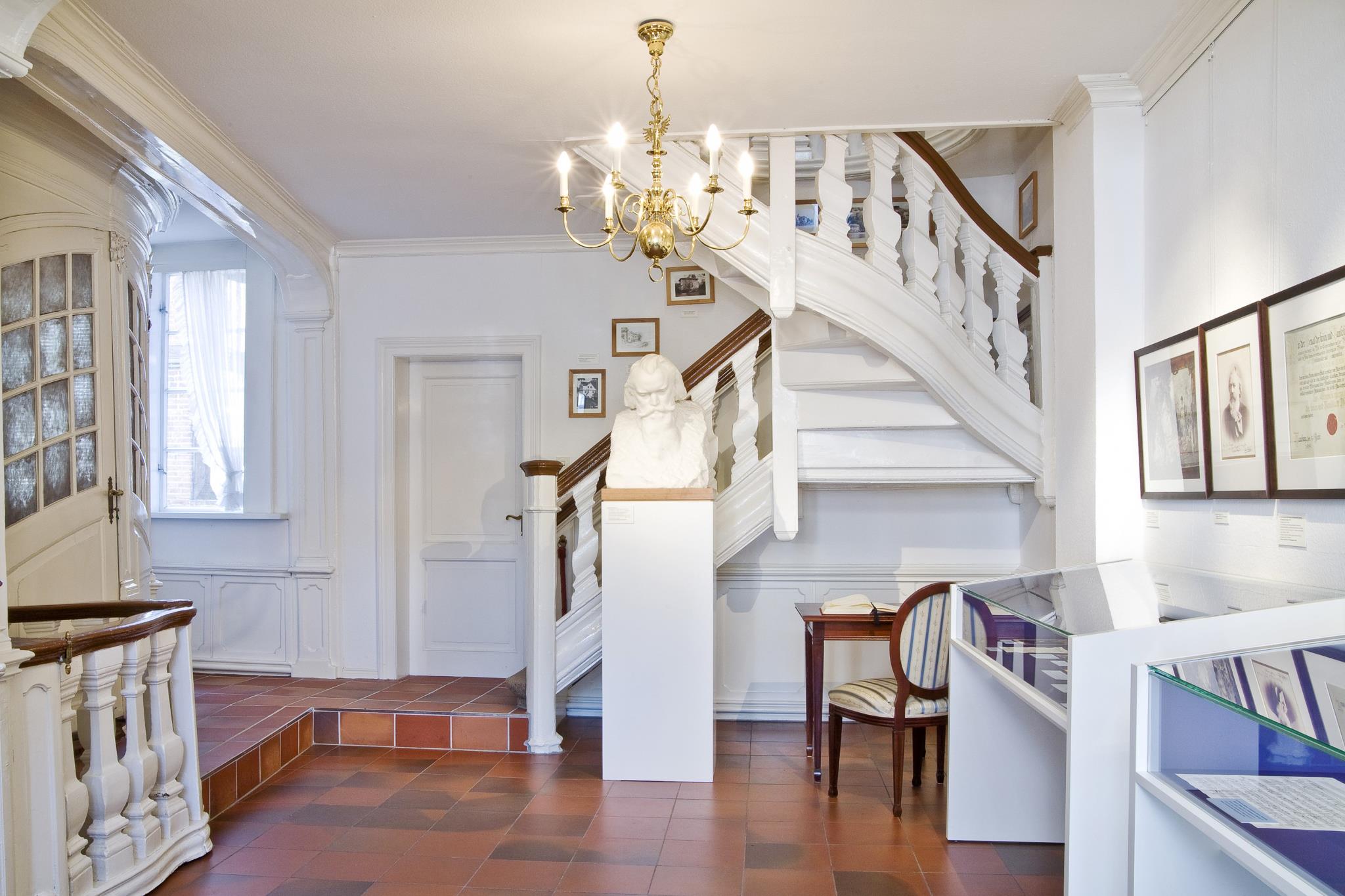
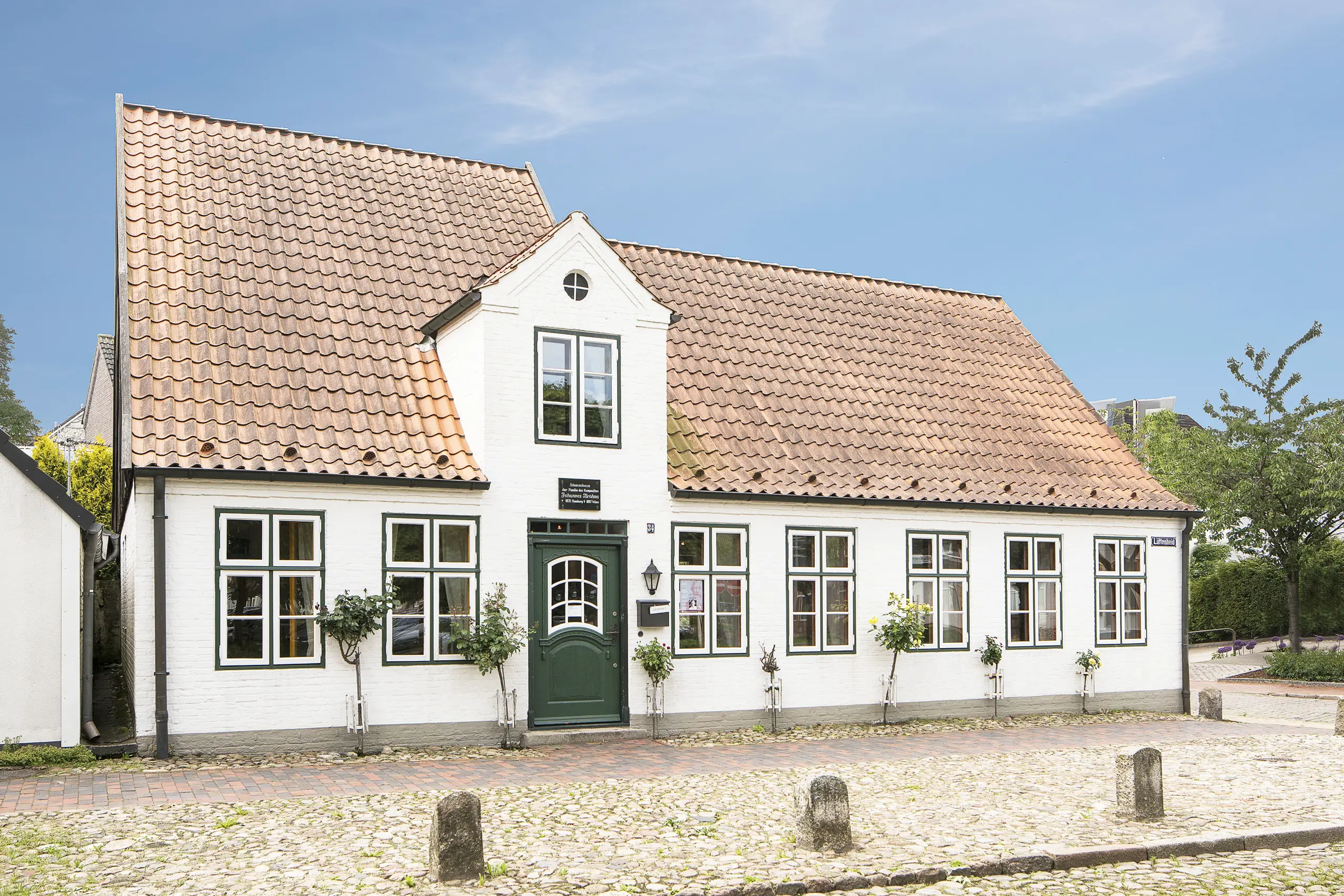
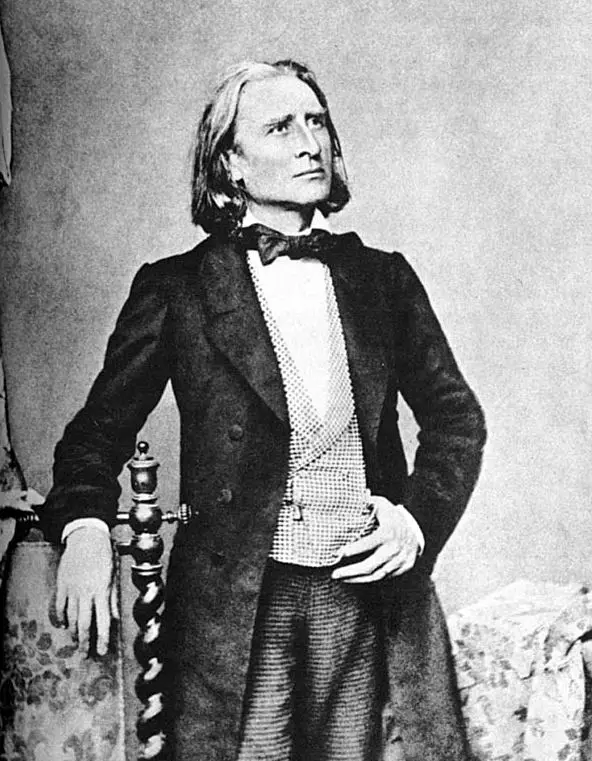
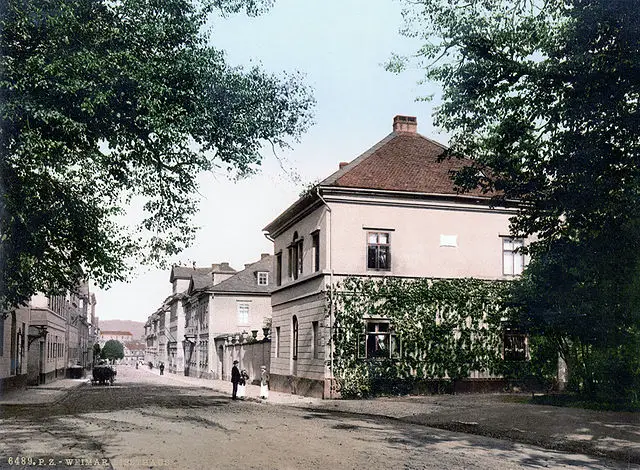
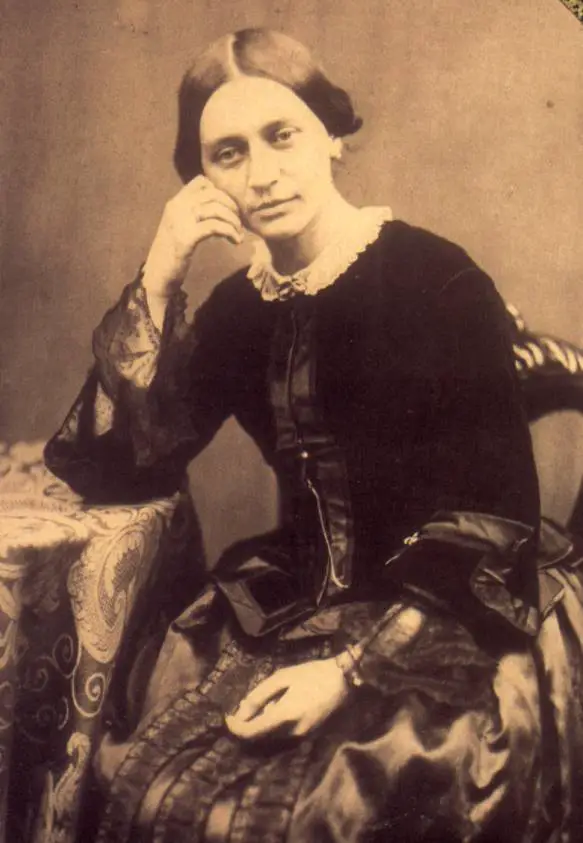

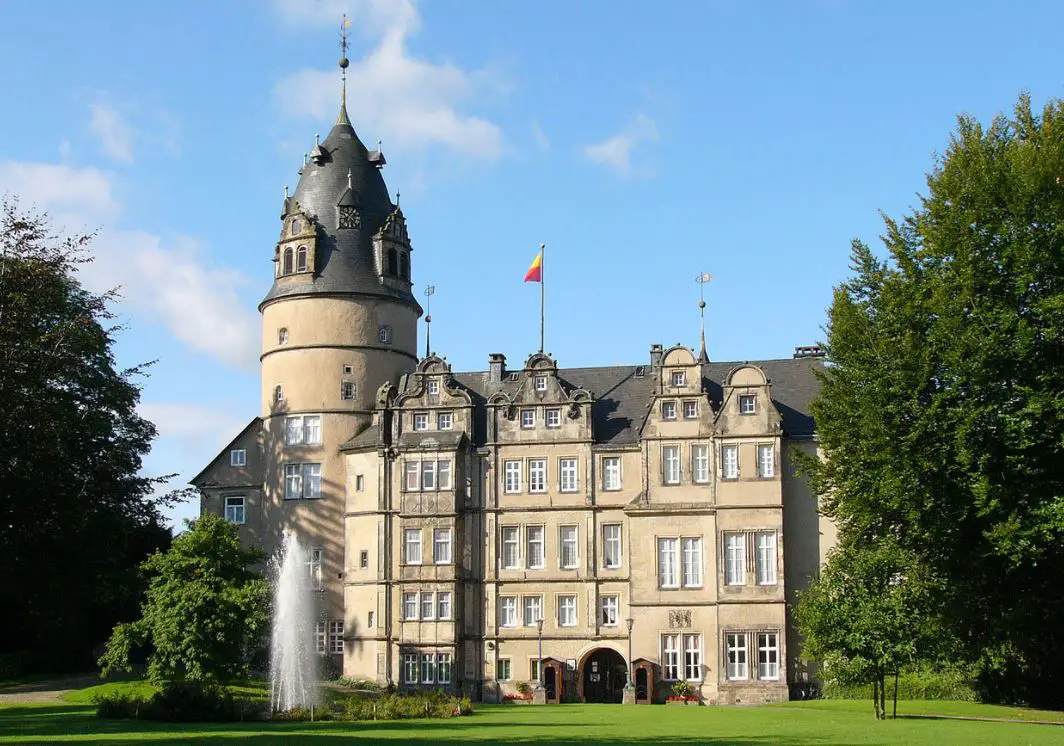
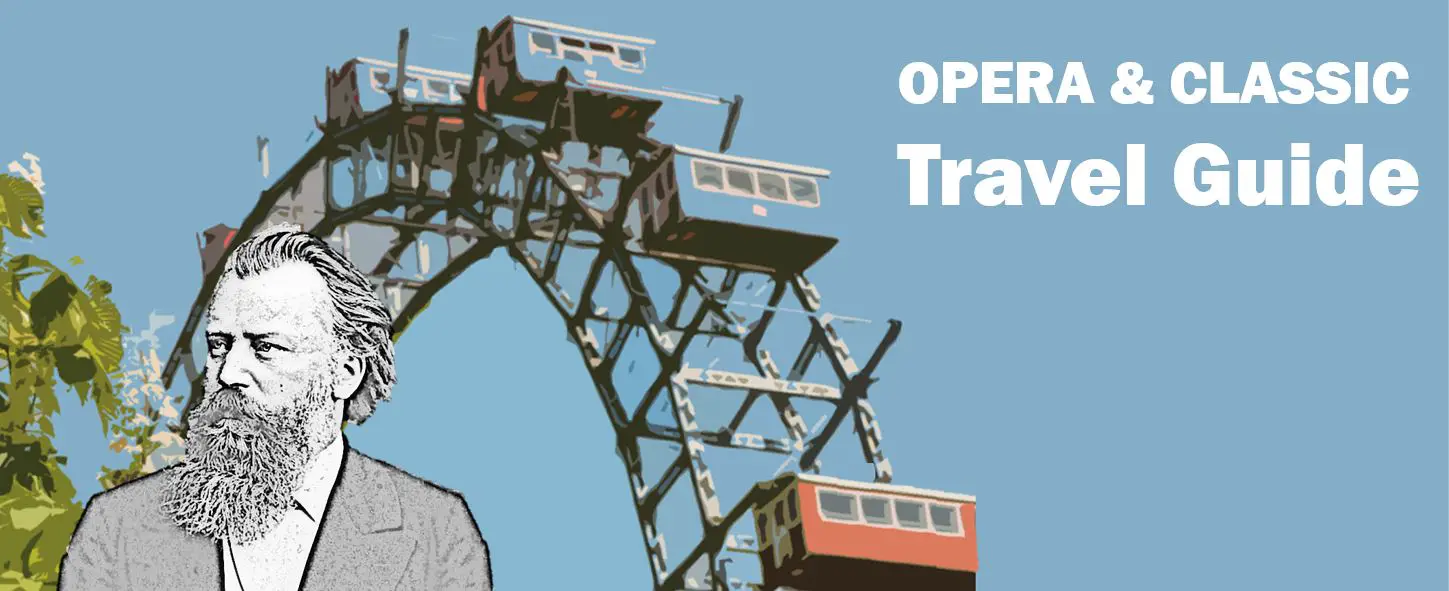
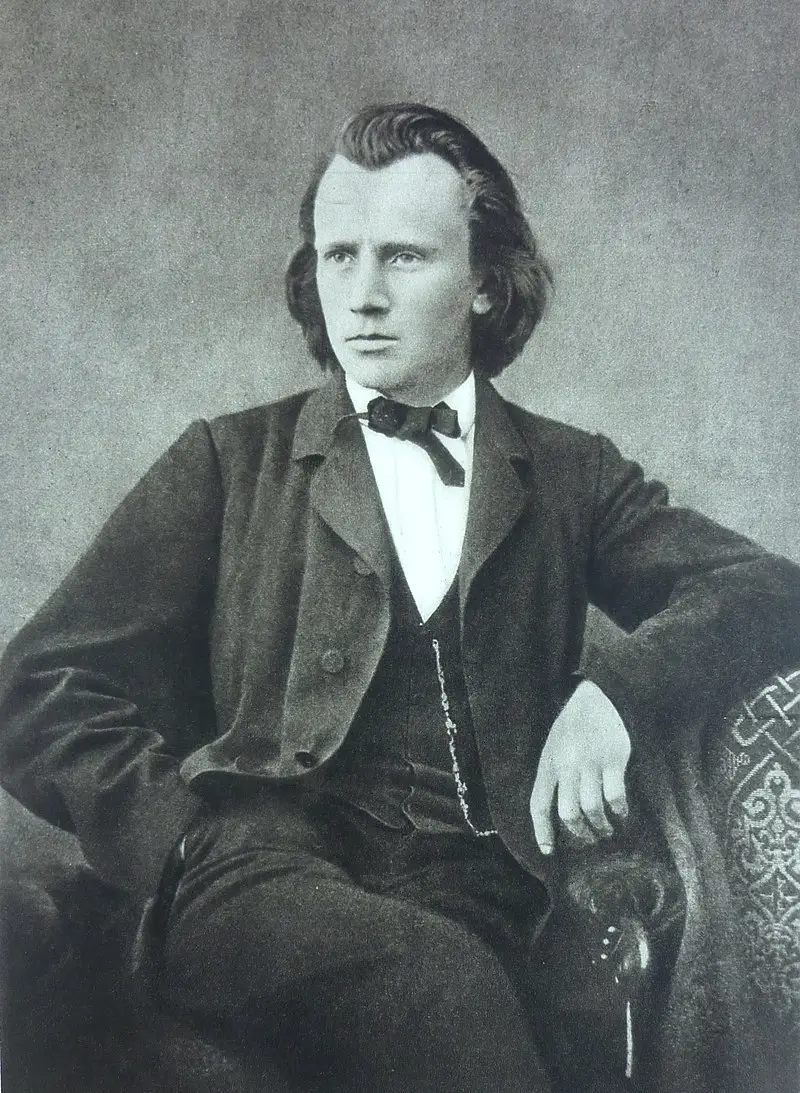
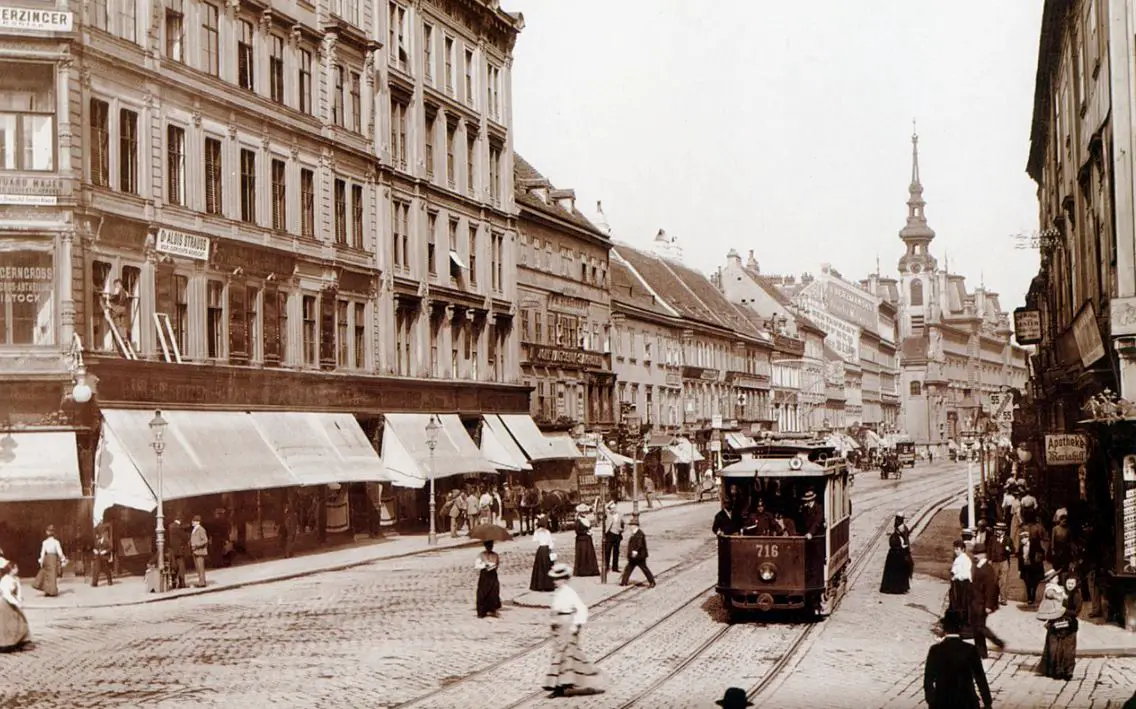
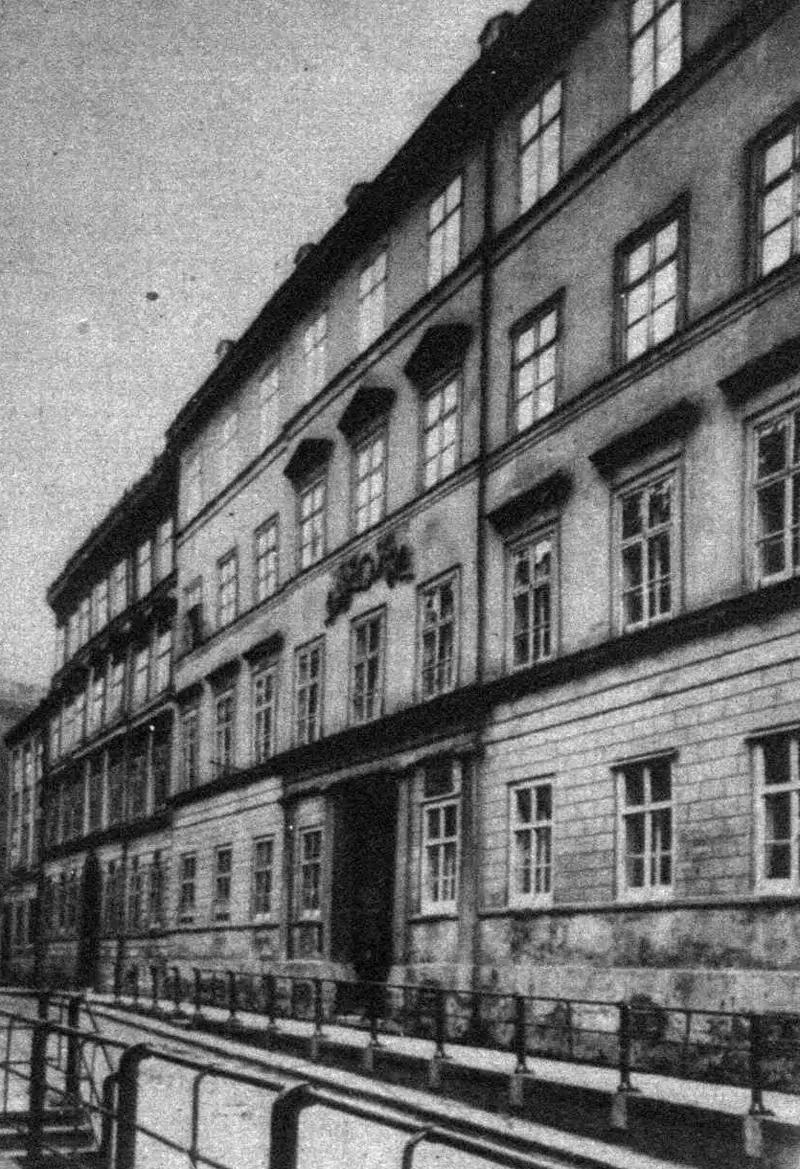
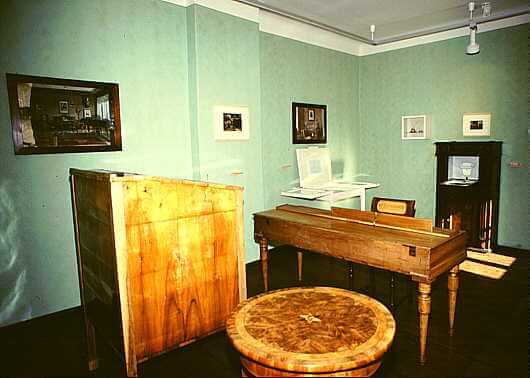
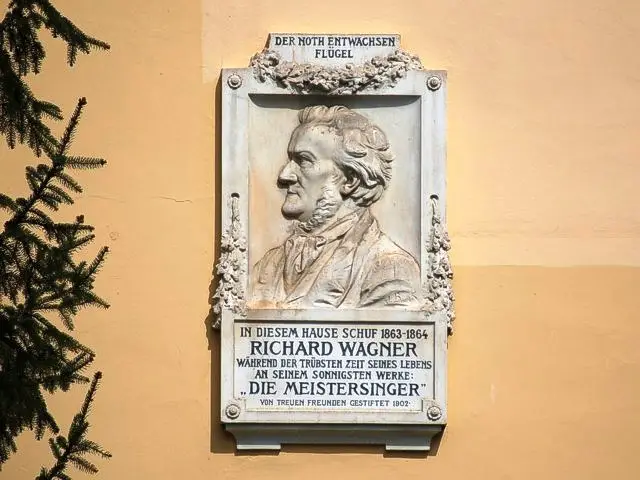
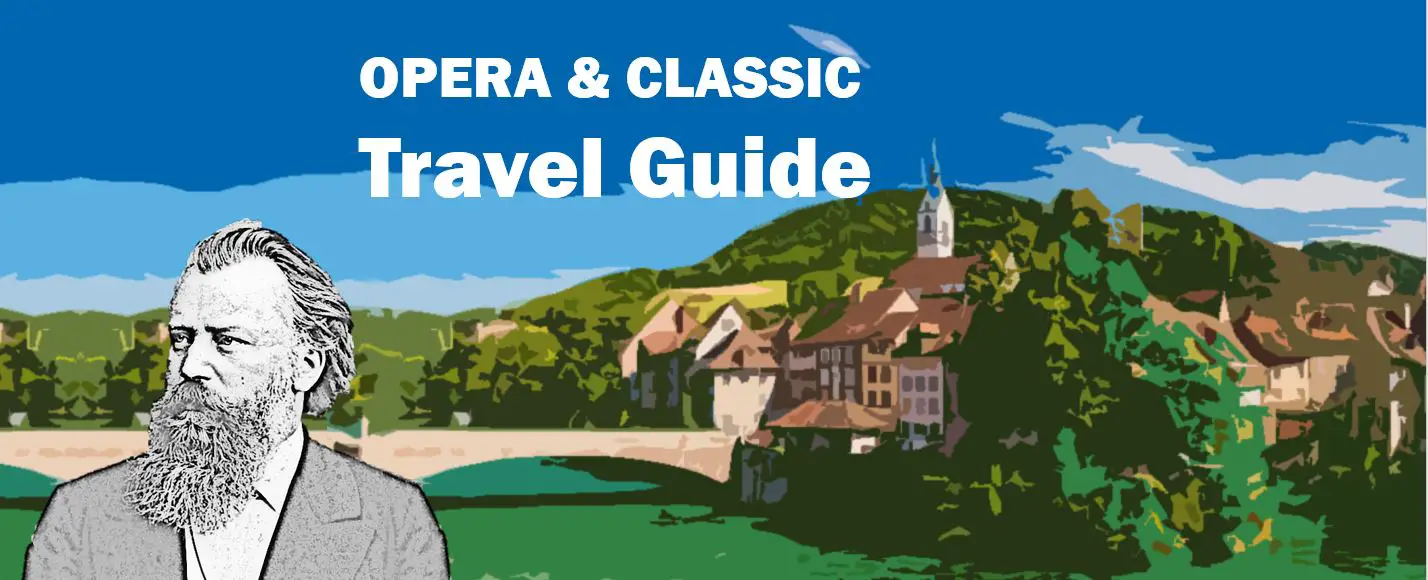
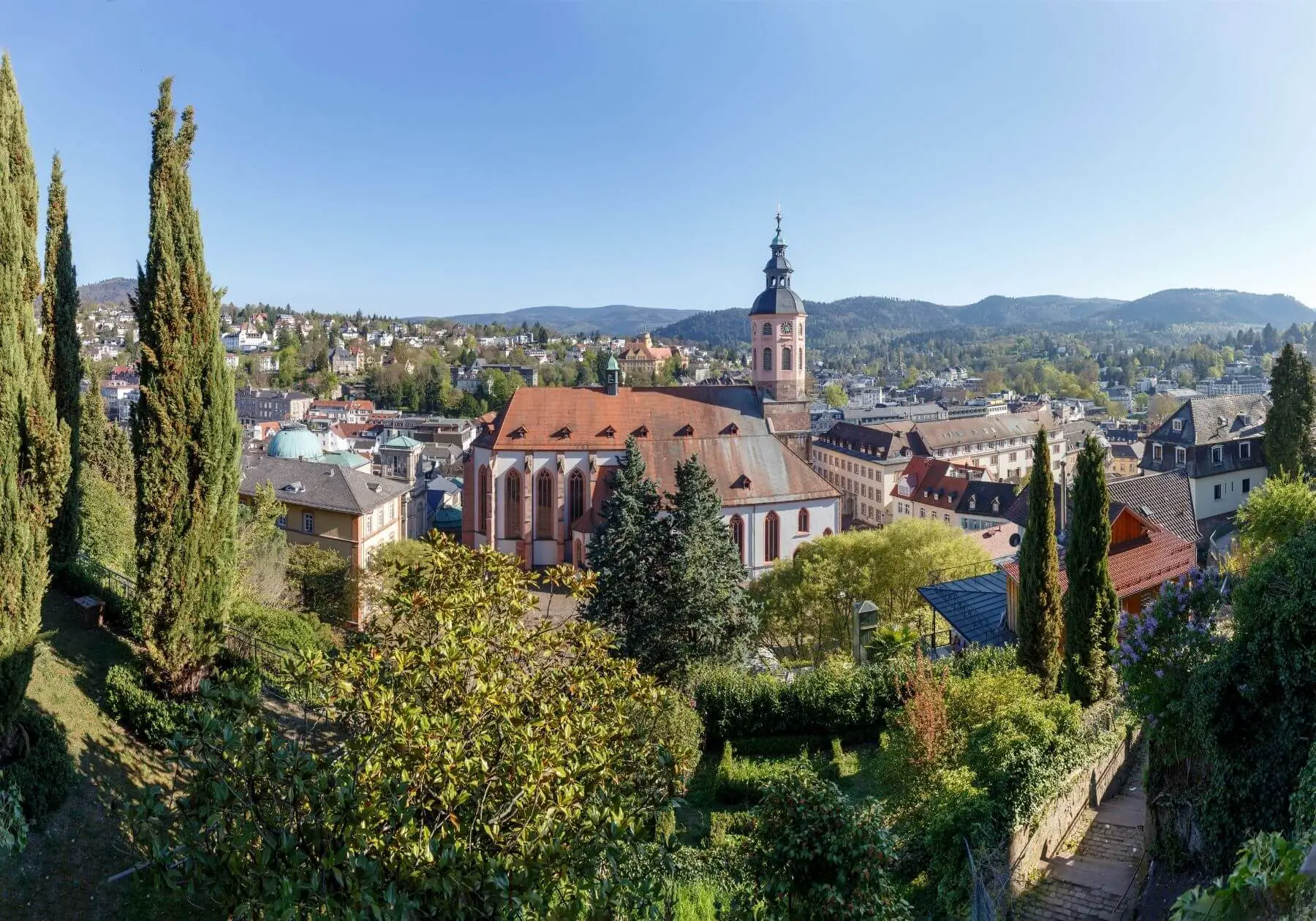
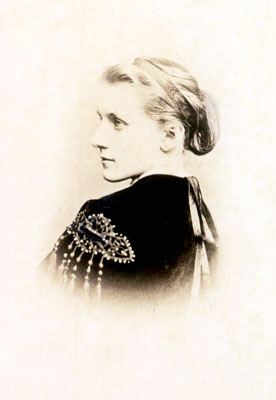
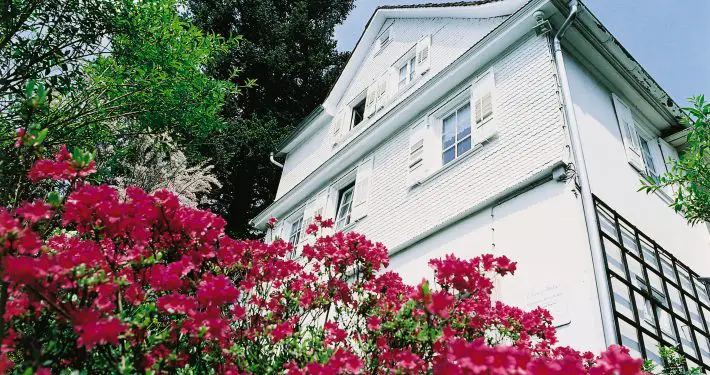

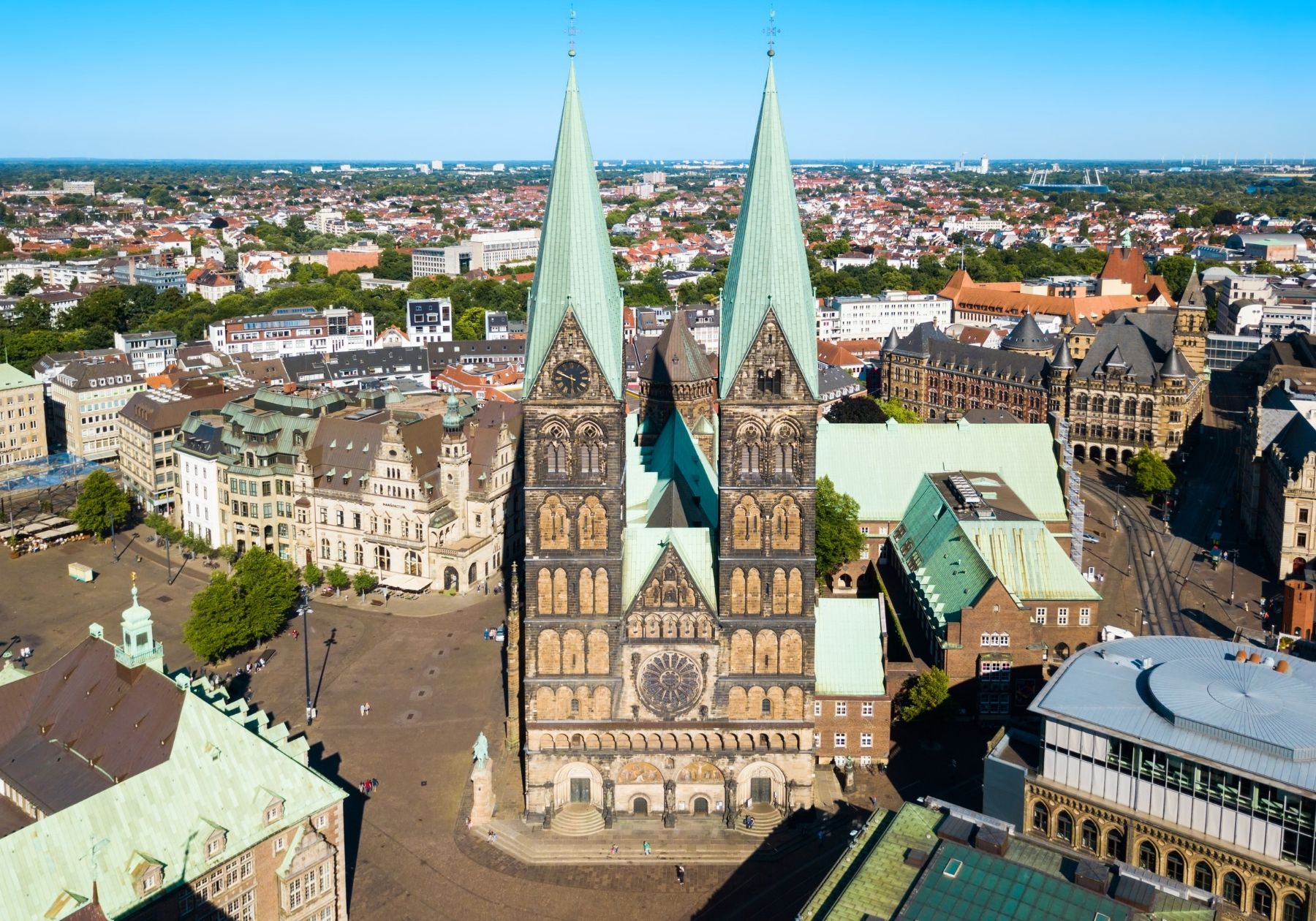
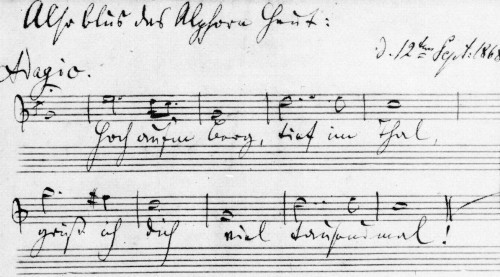
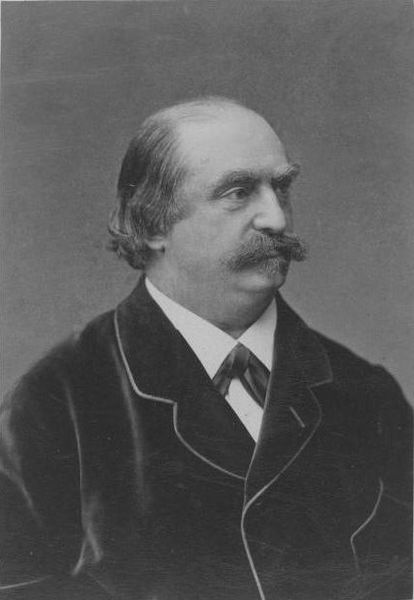
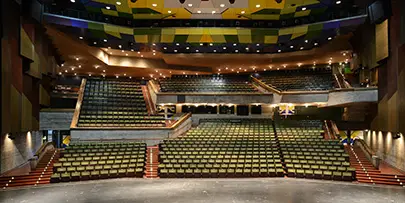
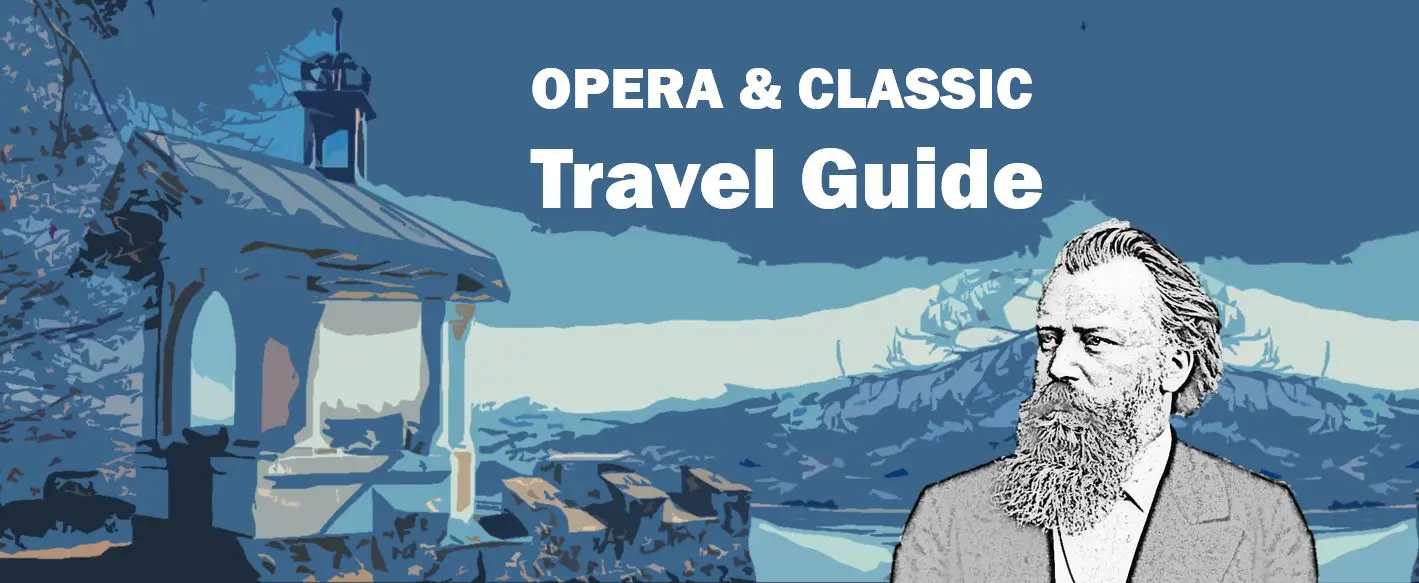
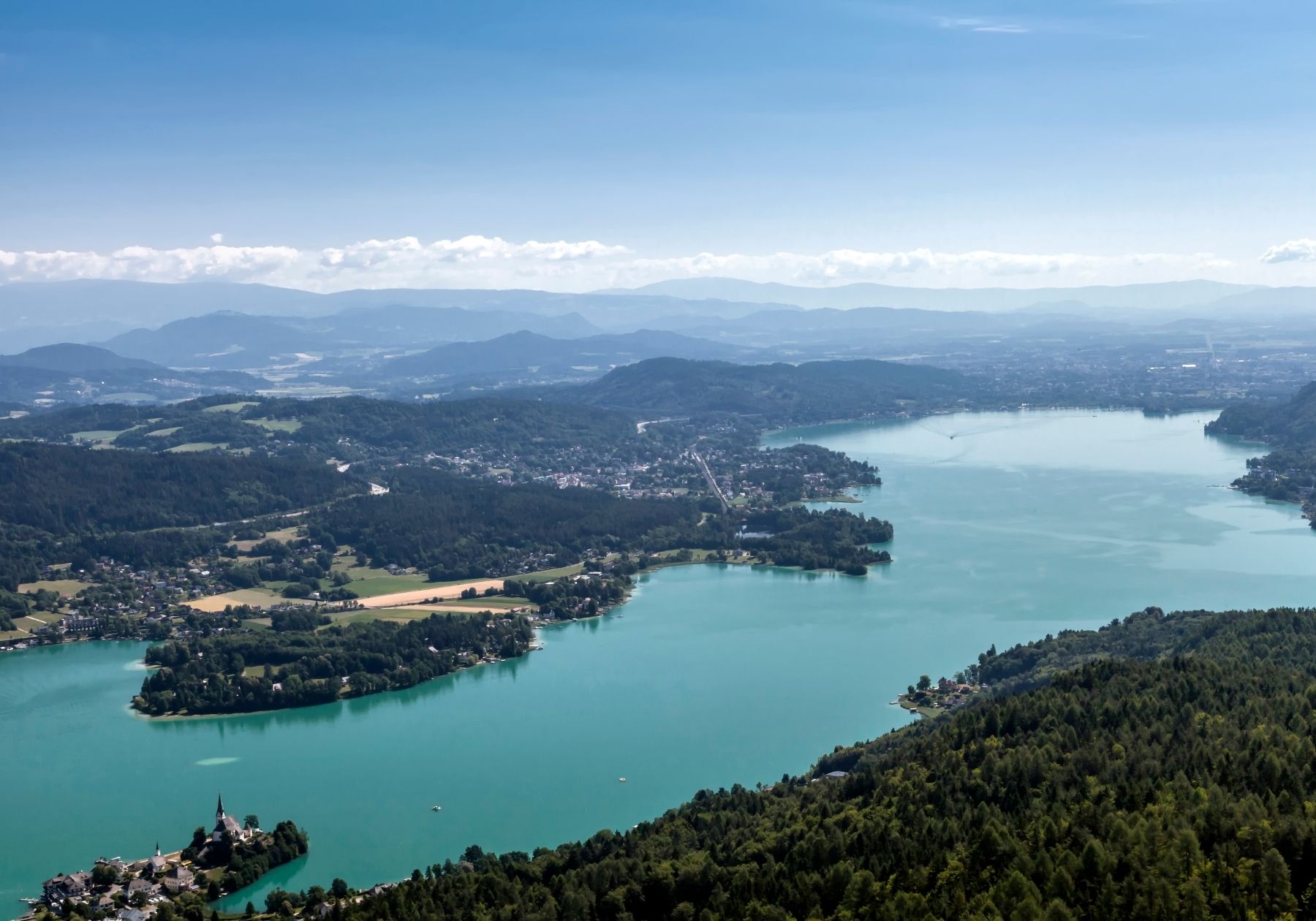
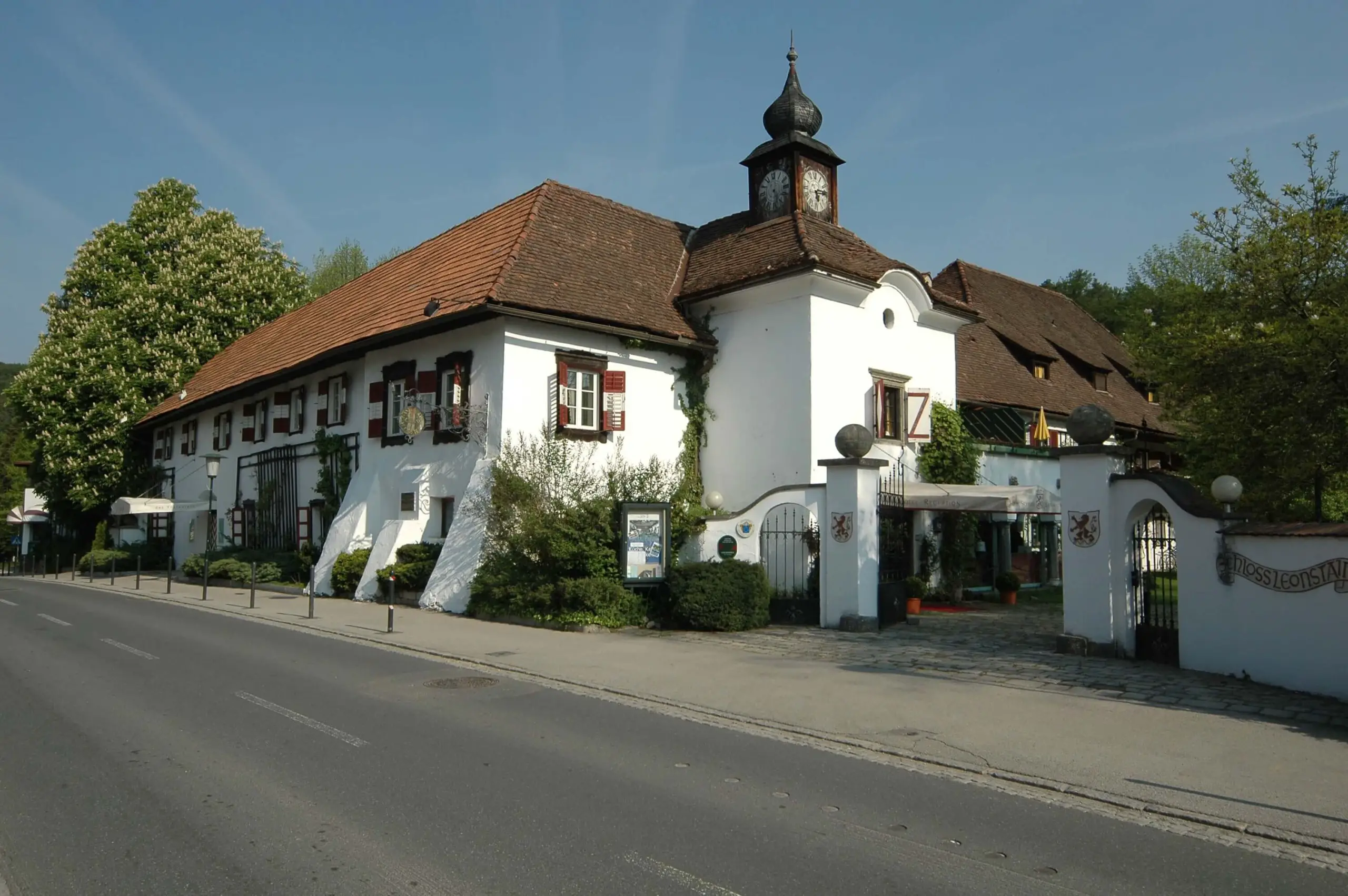
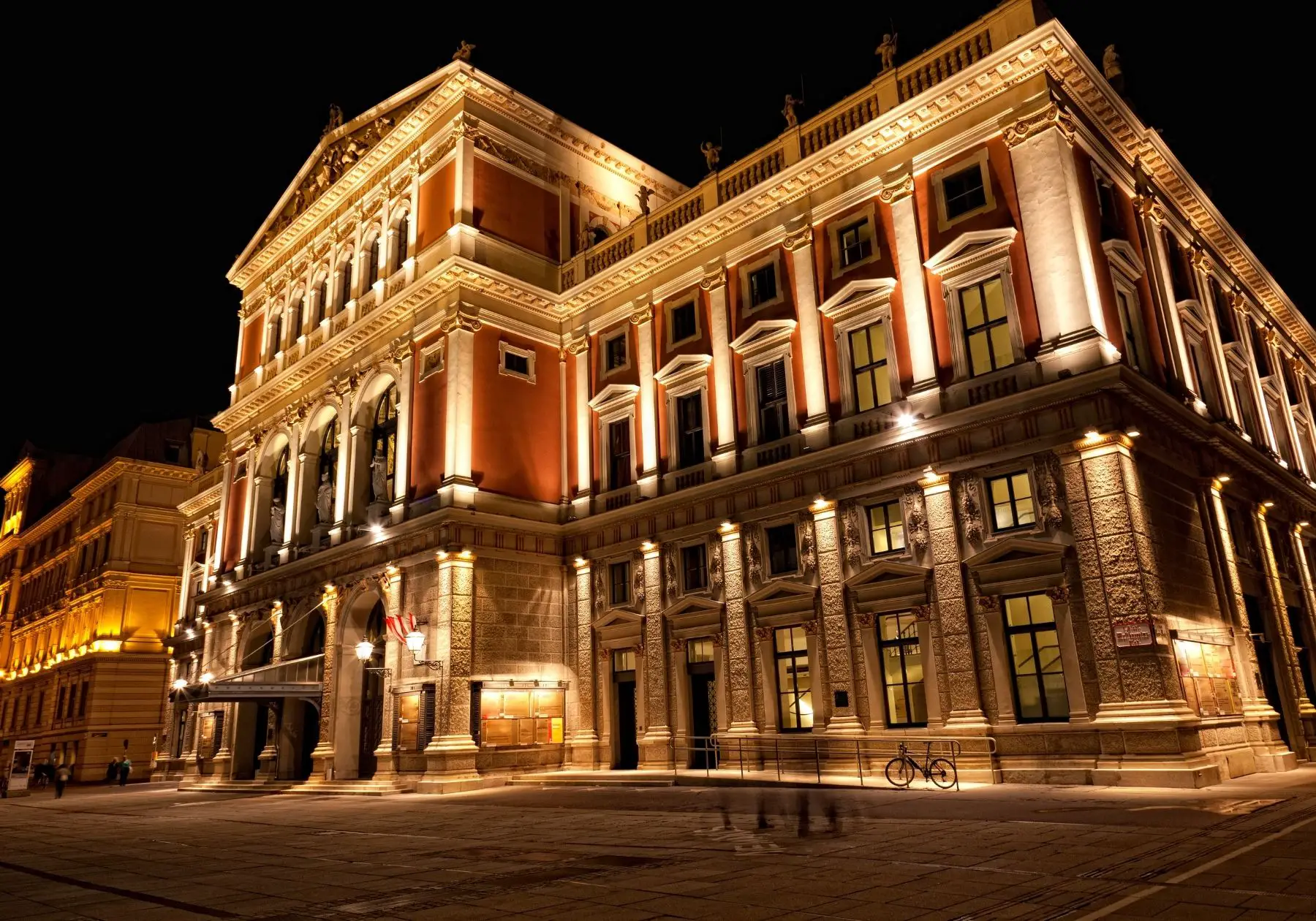
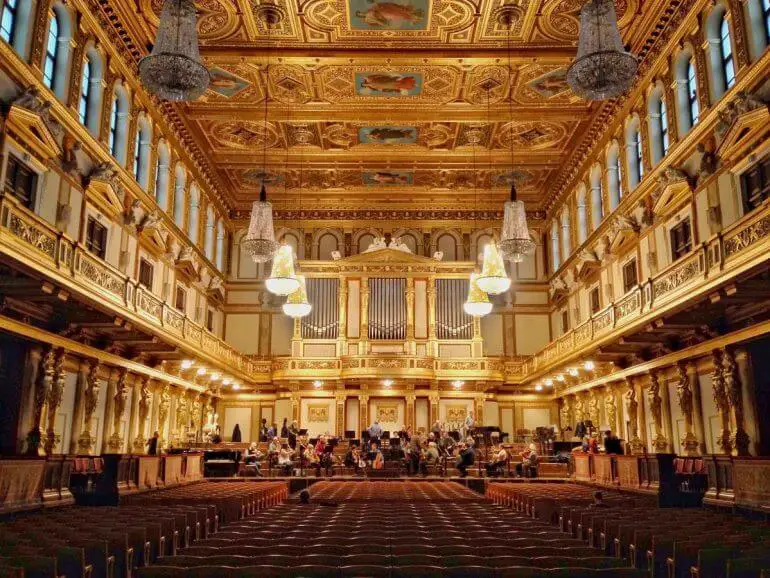
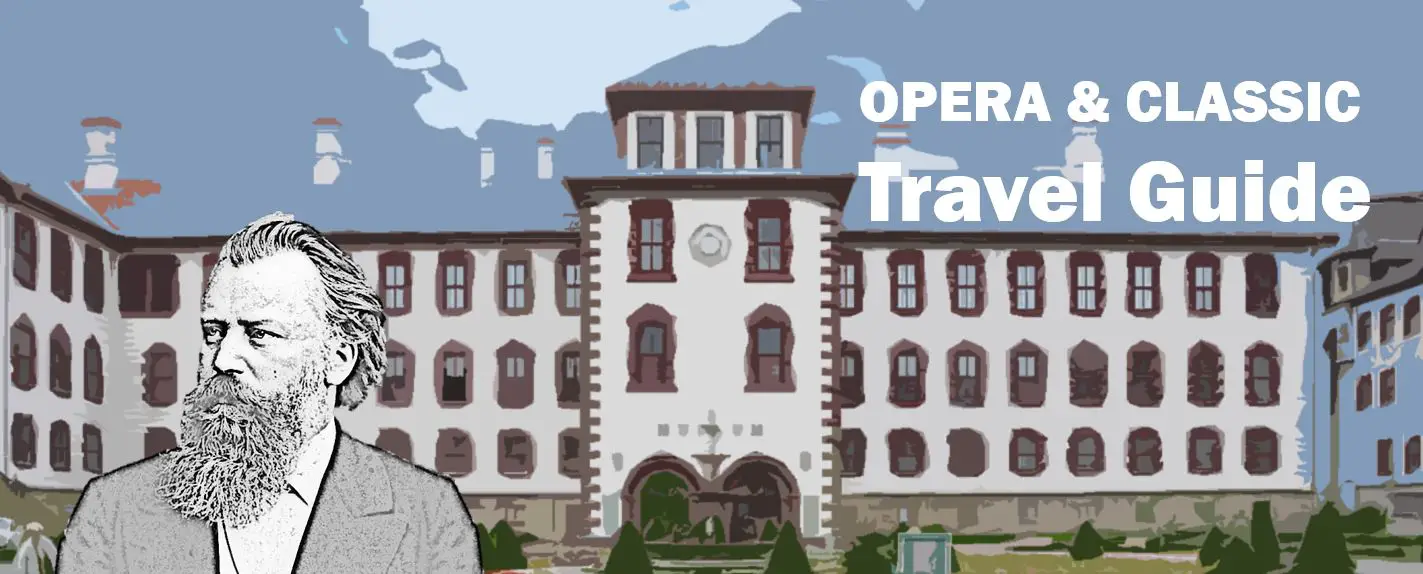
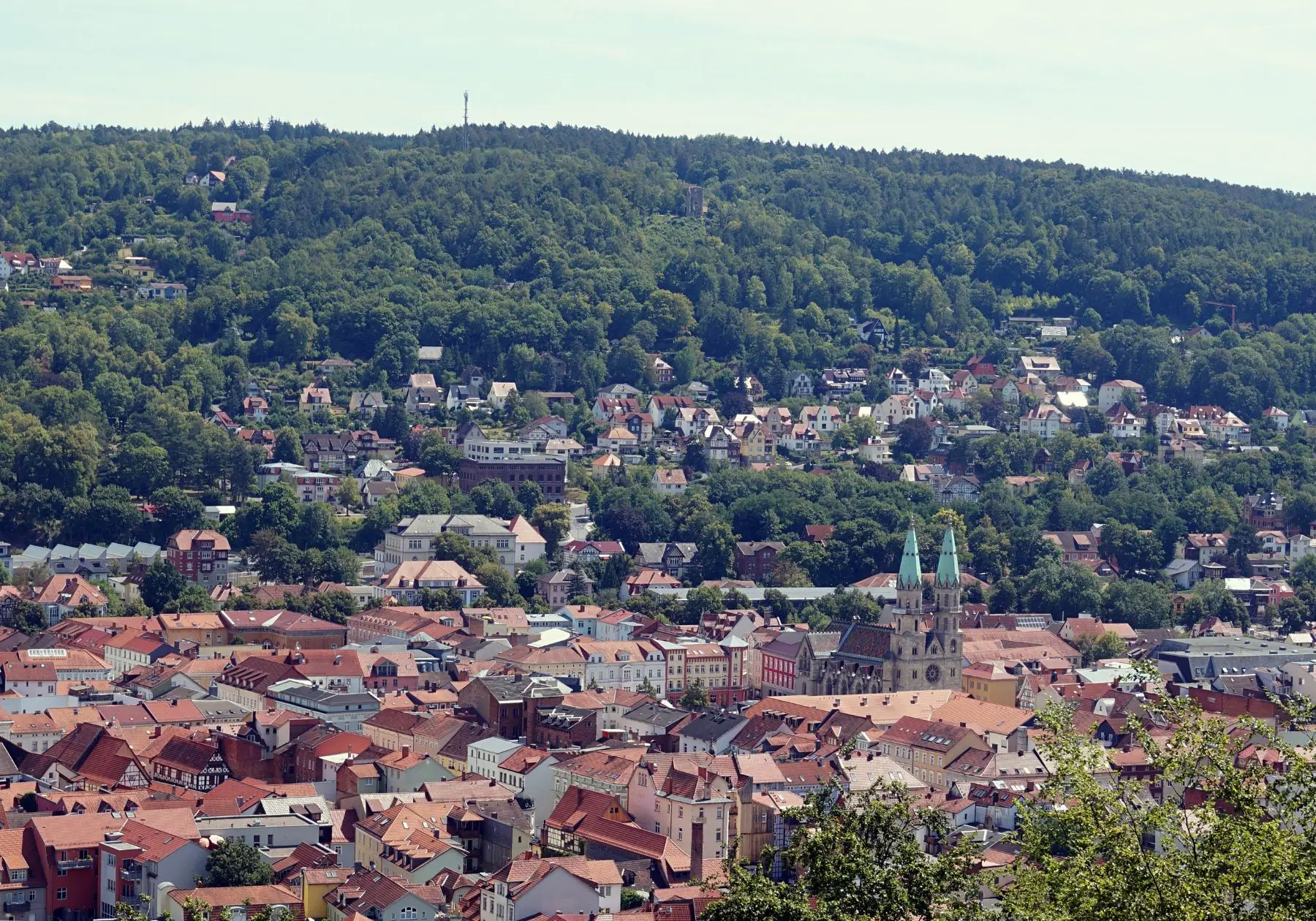
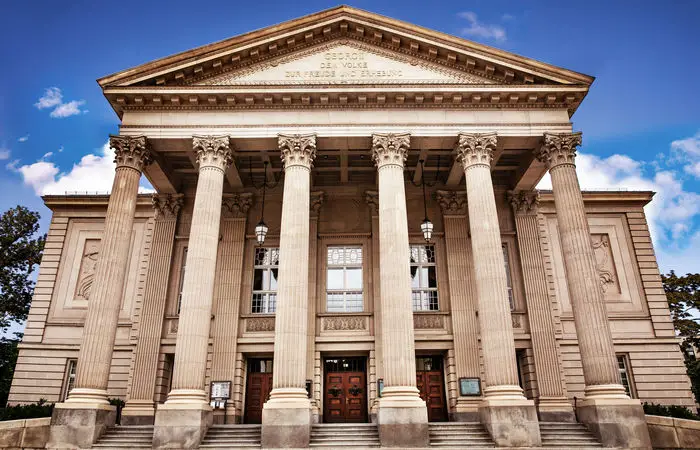
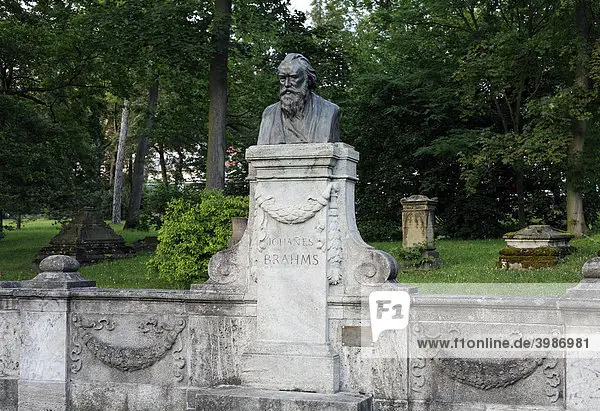
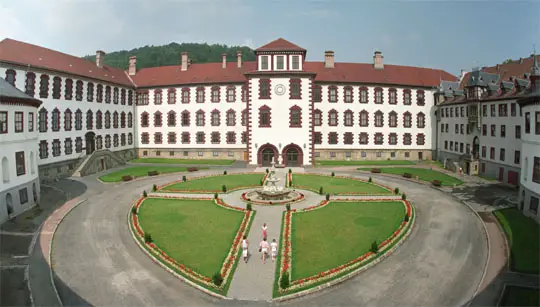
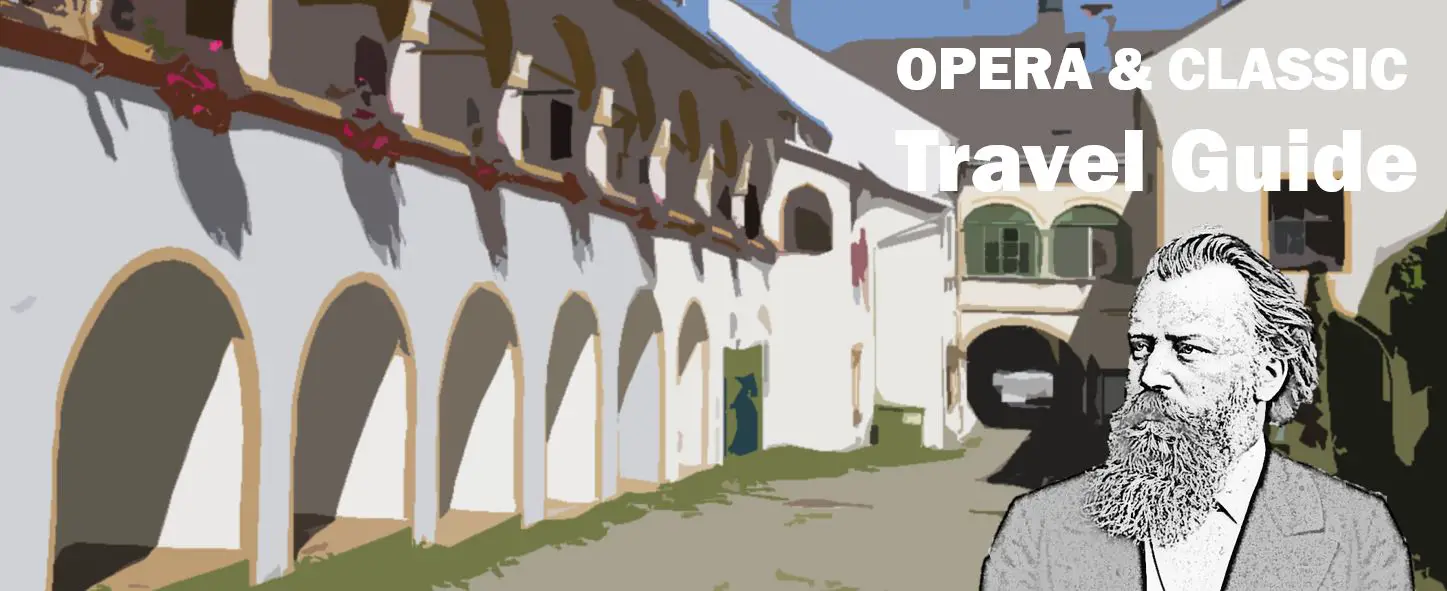

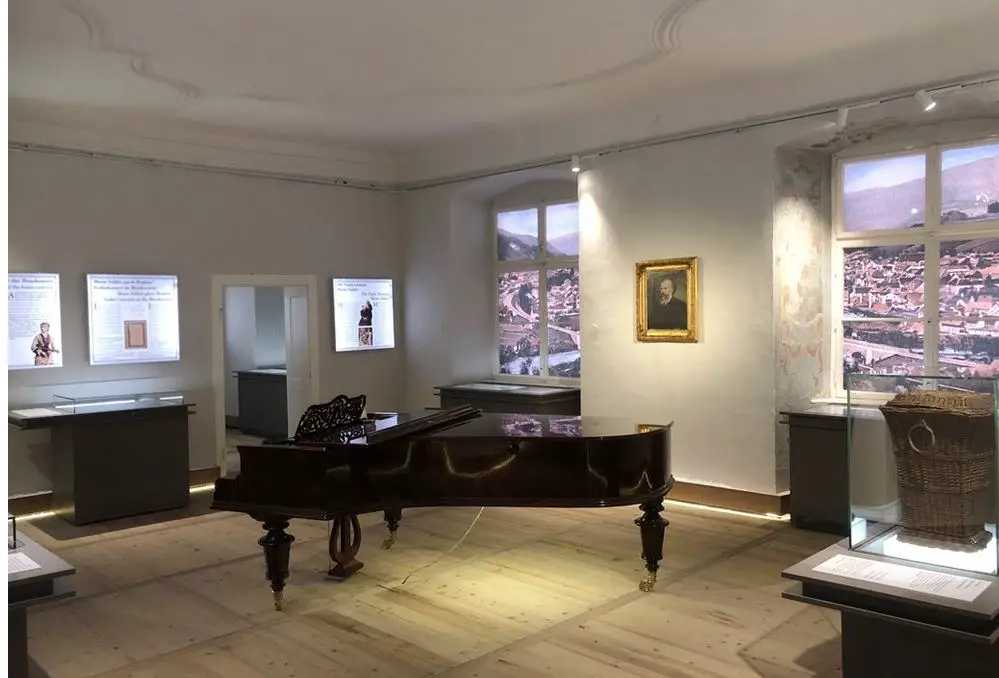
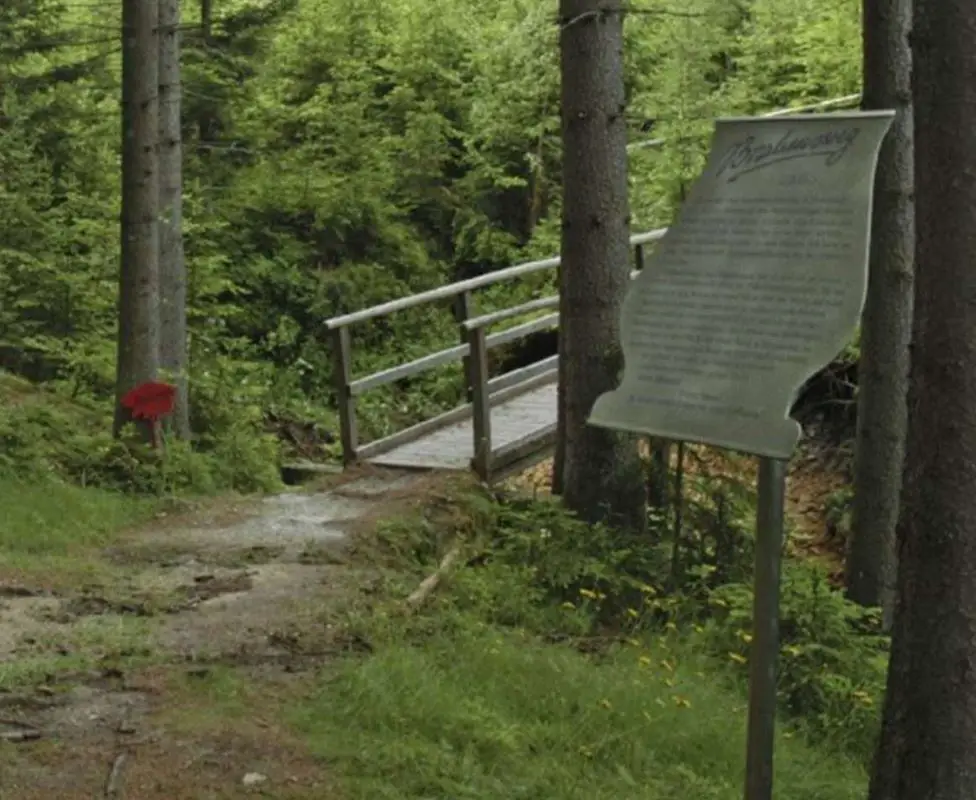
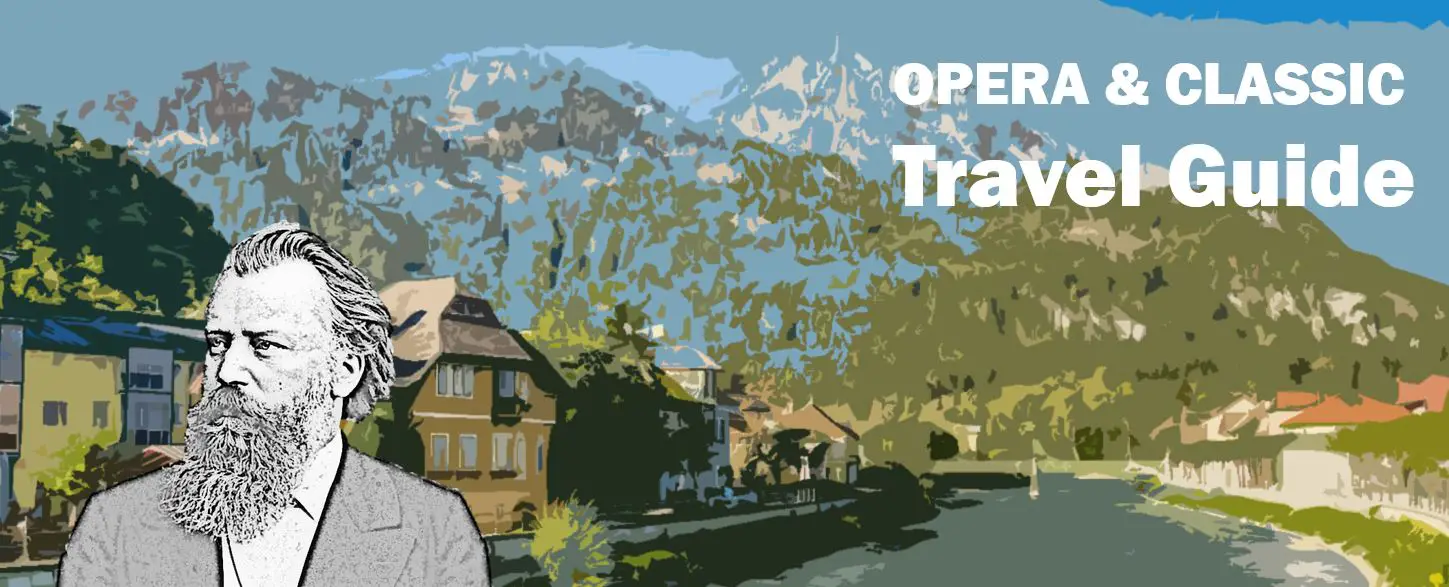
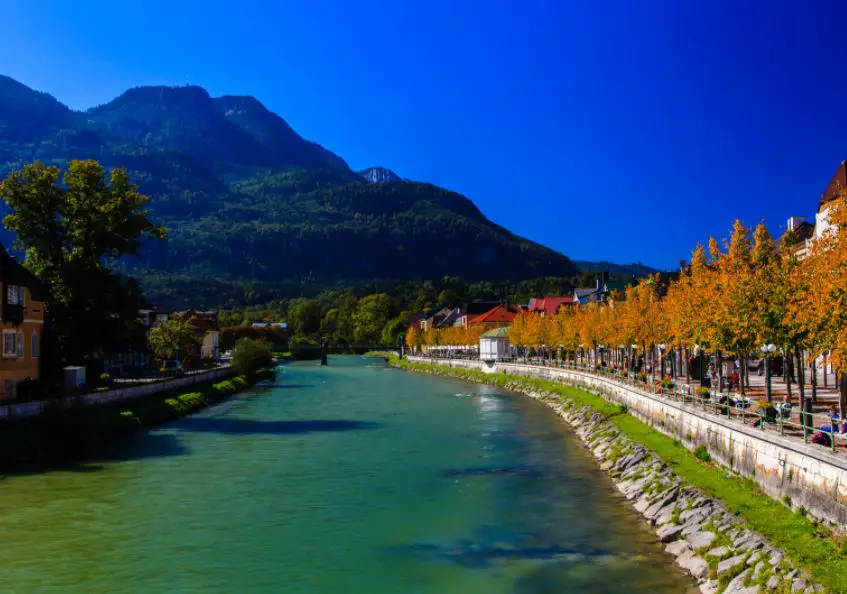
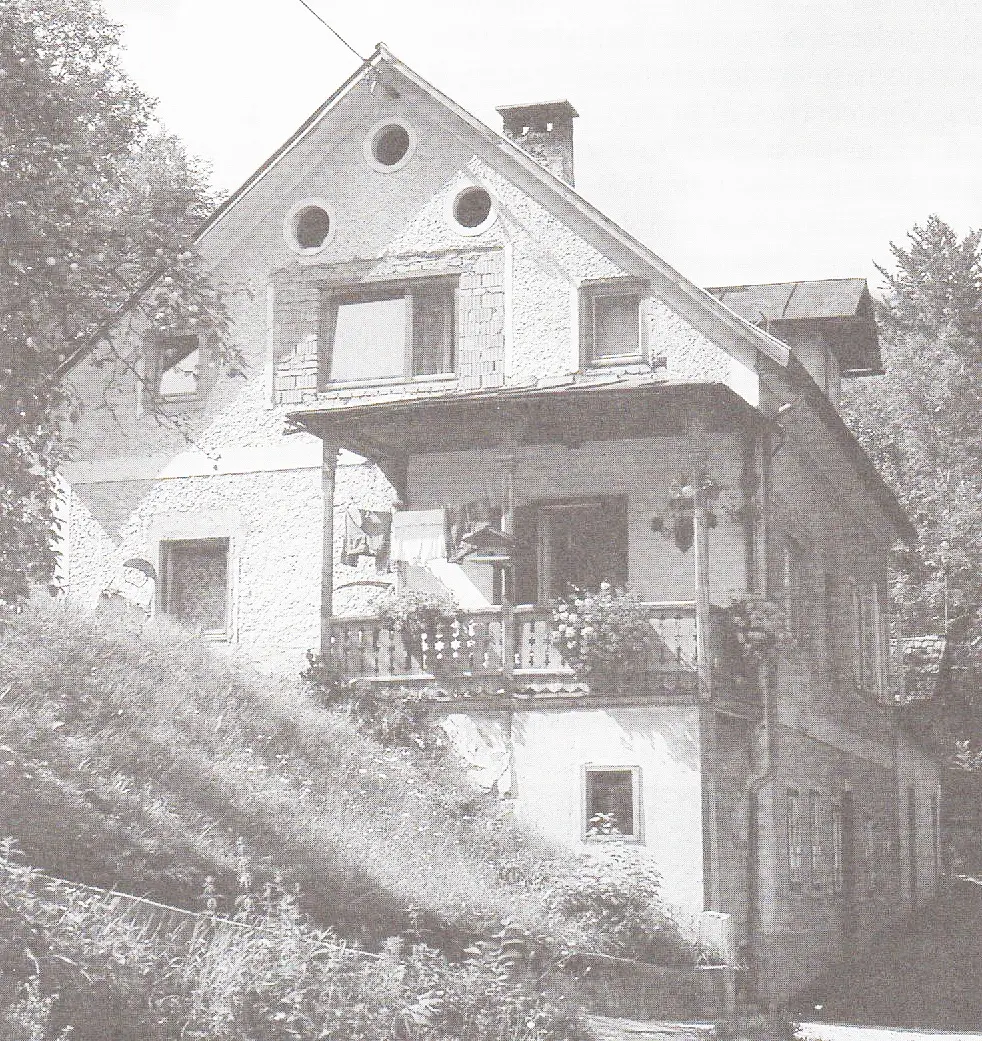
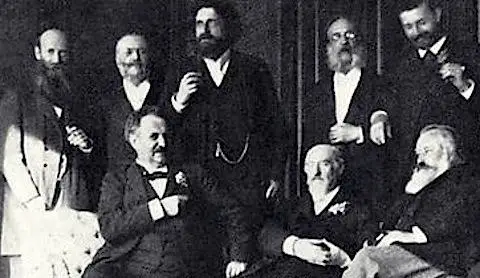
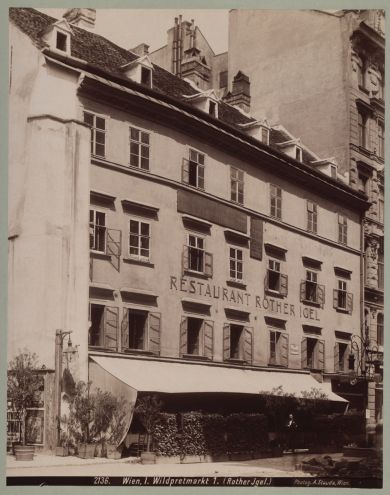
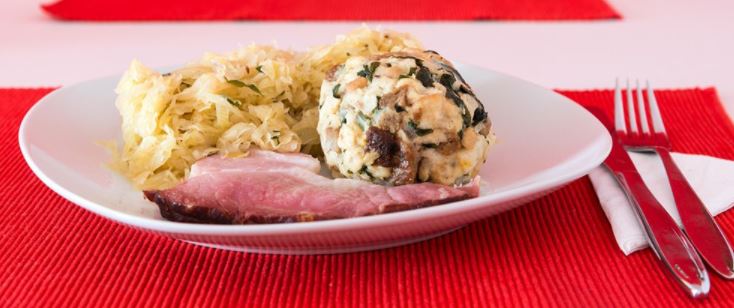
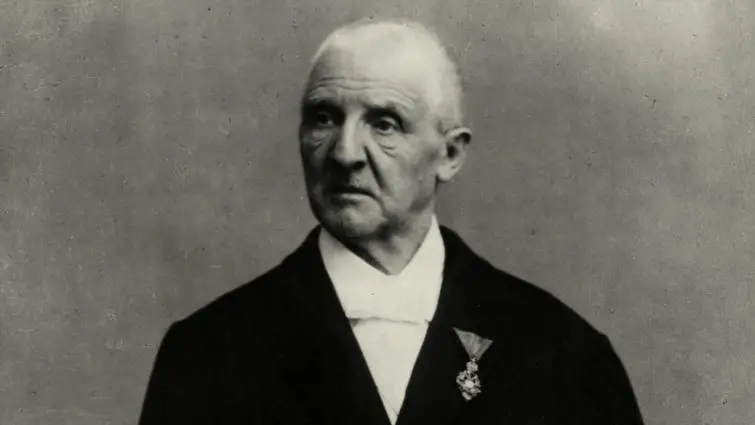
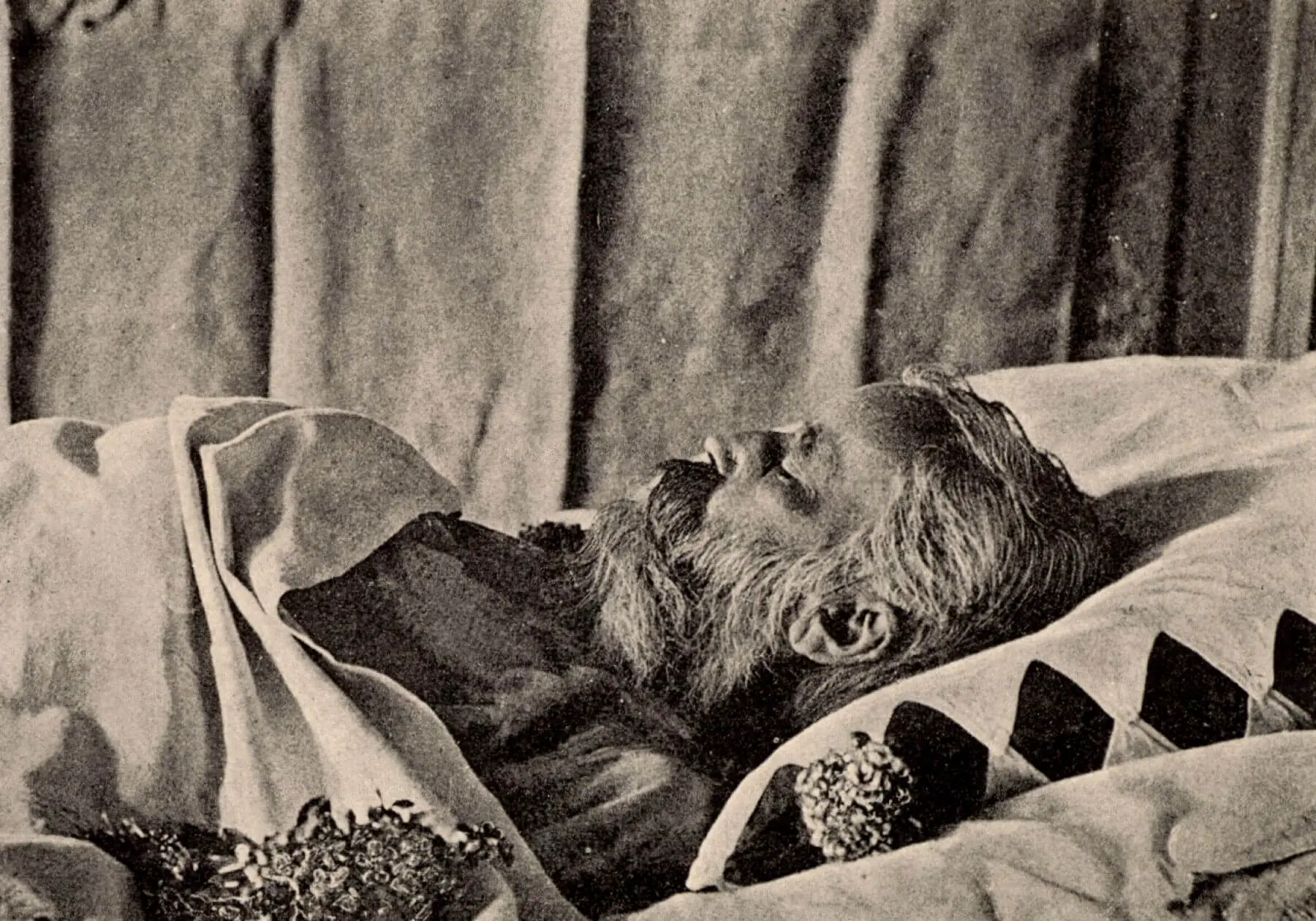
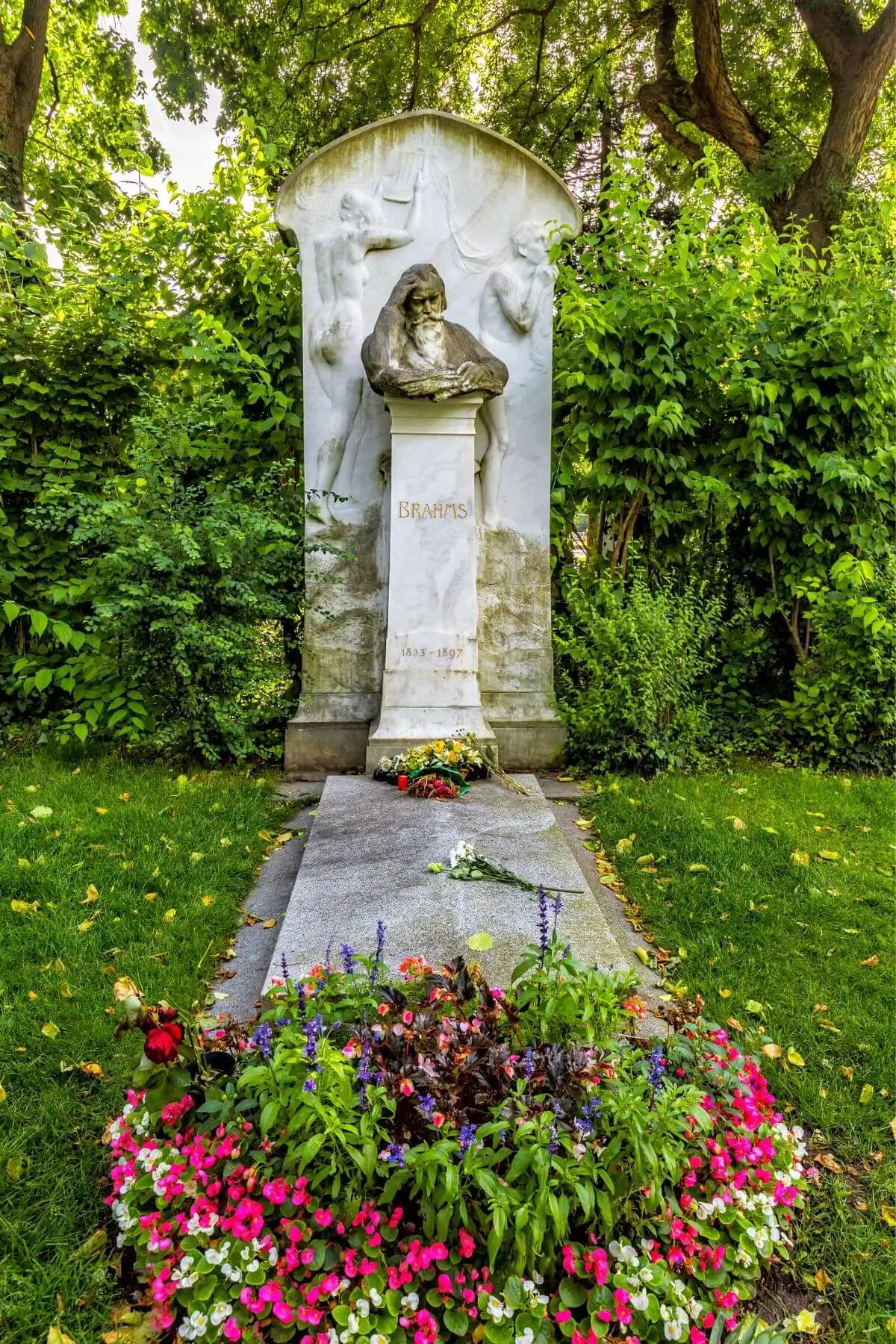
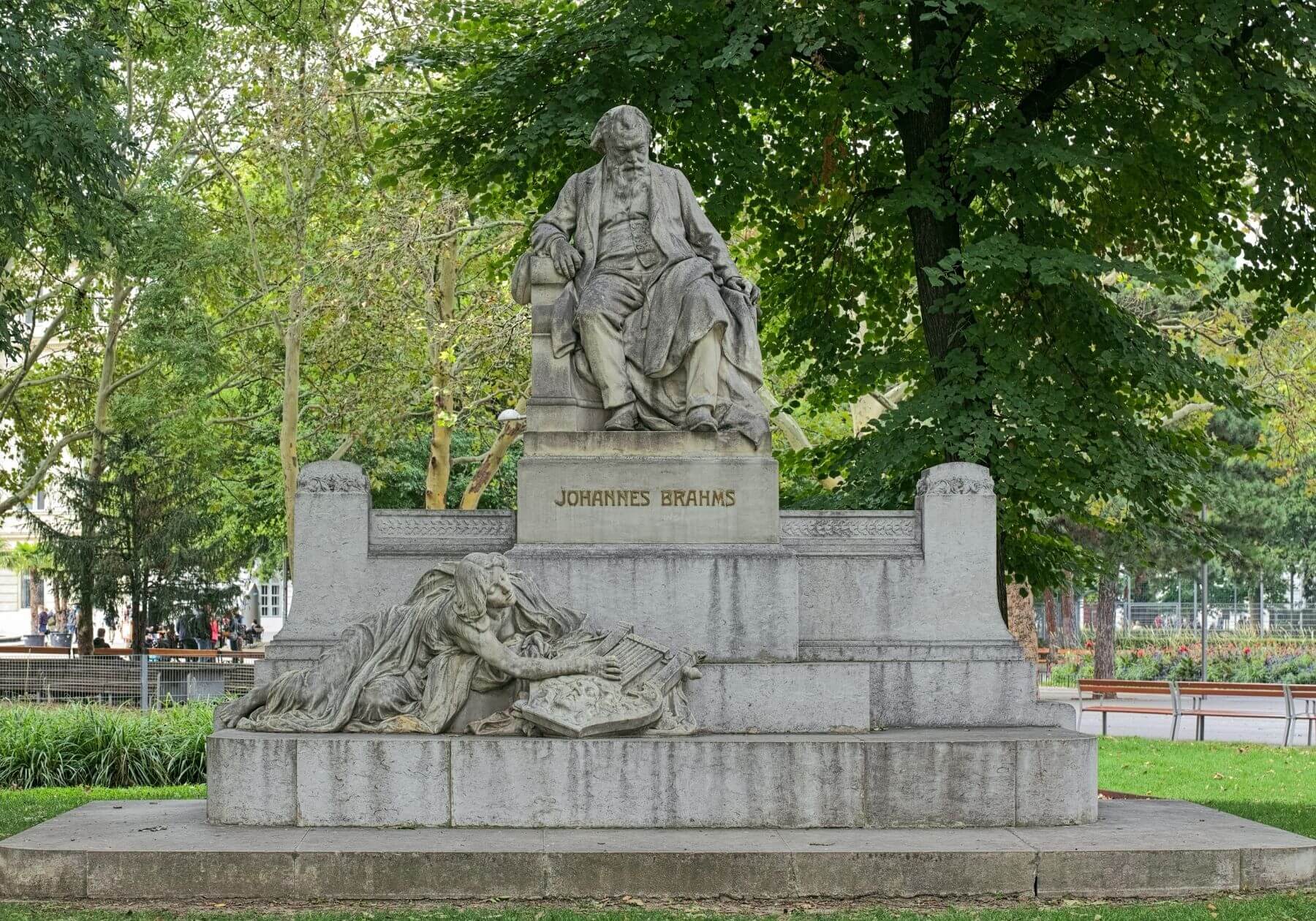


Leave a Reply
Want to join the discussion?Feel free to contribute!